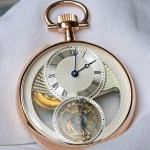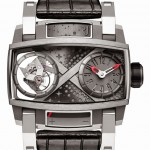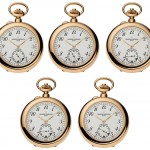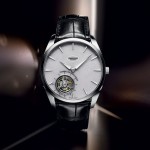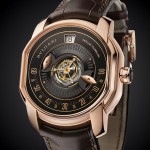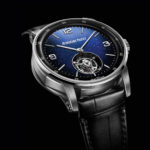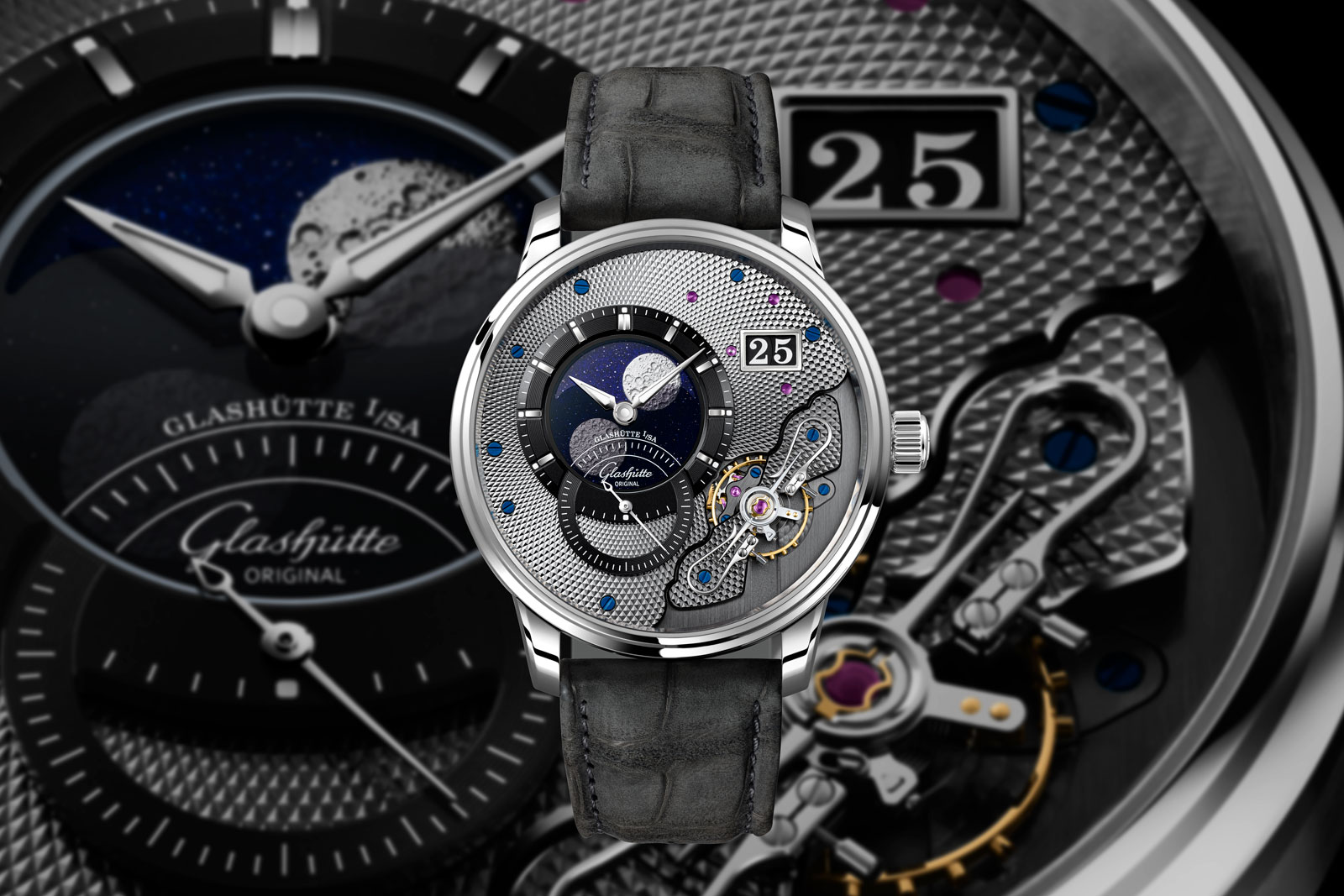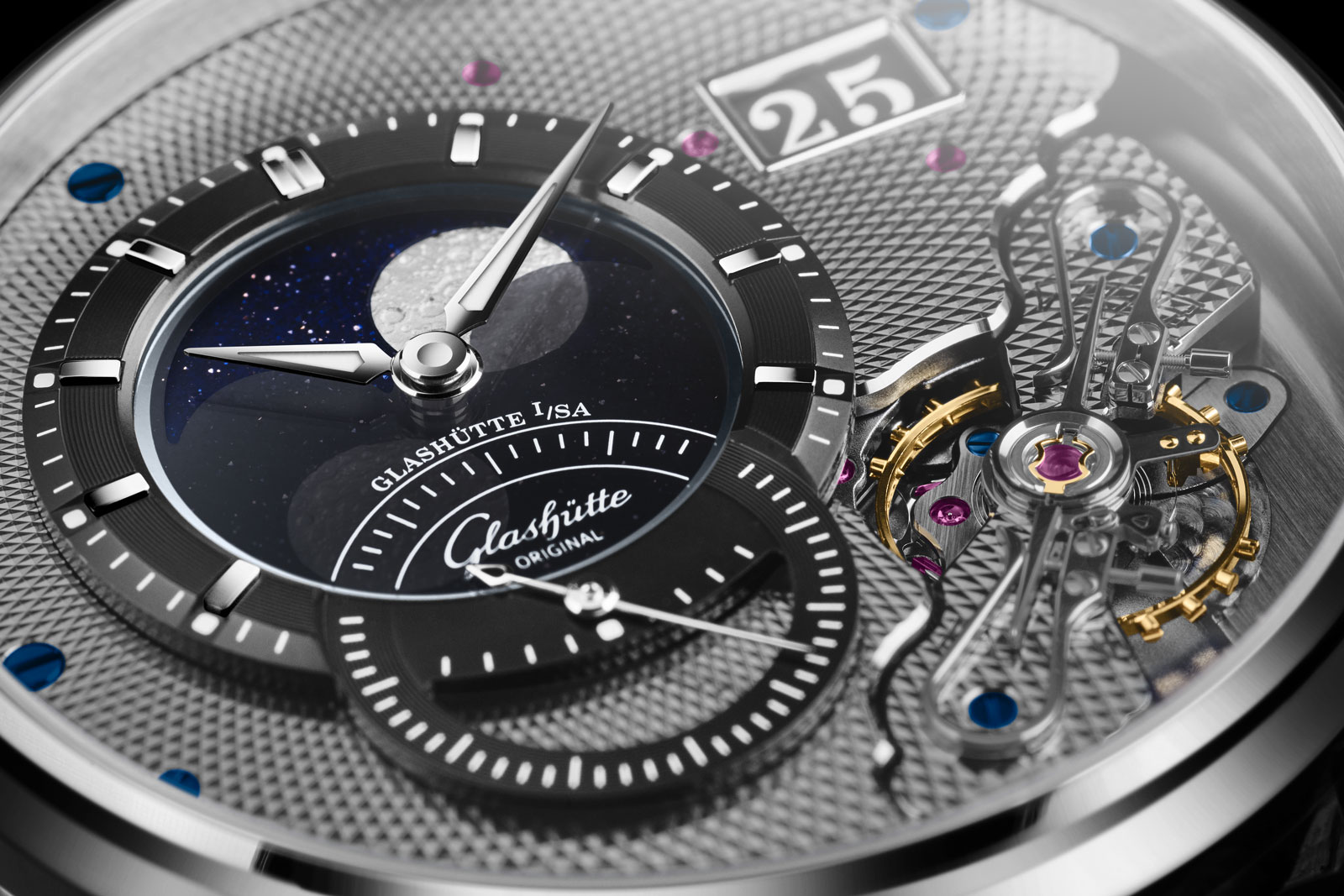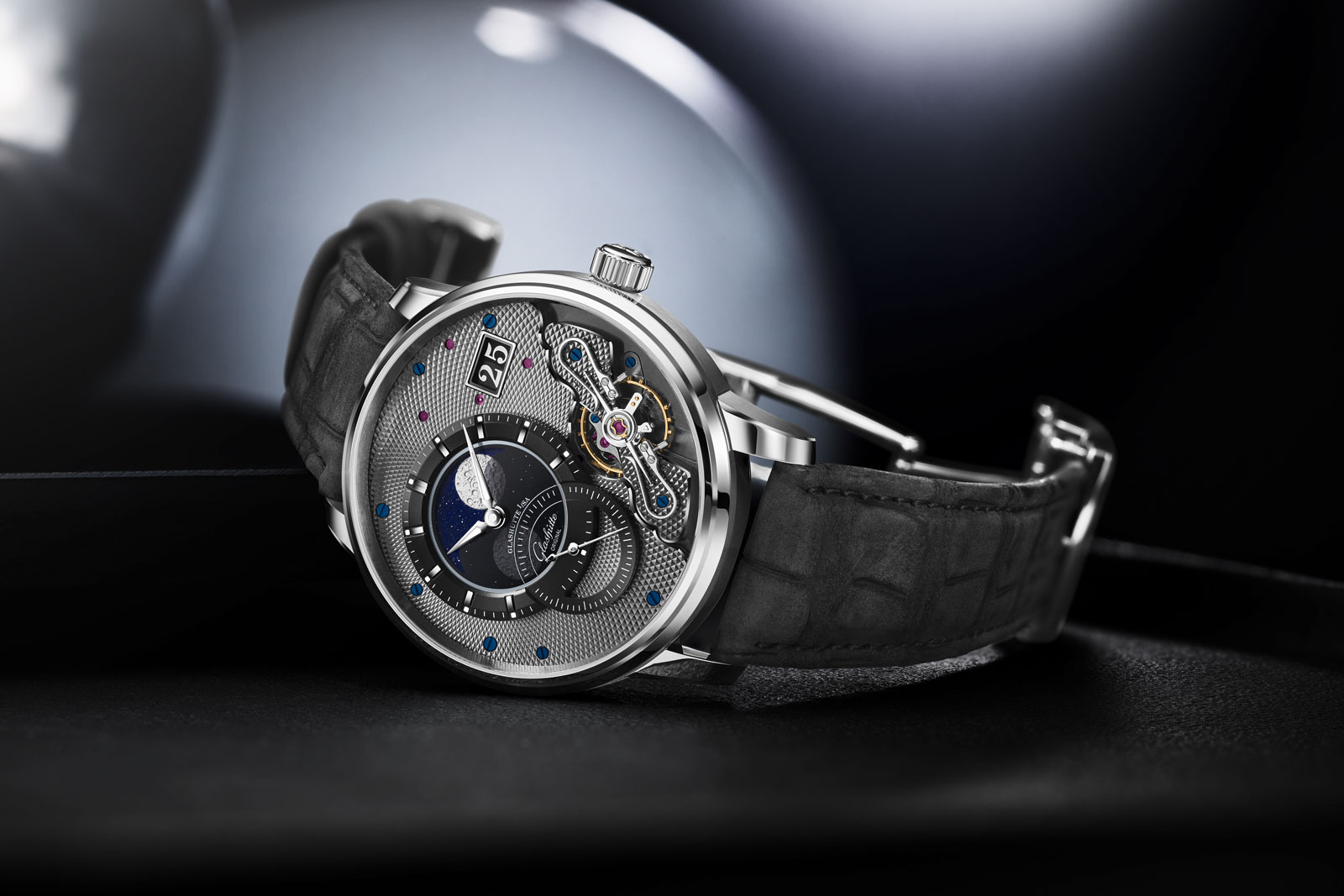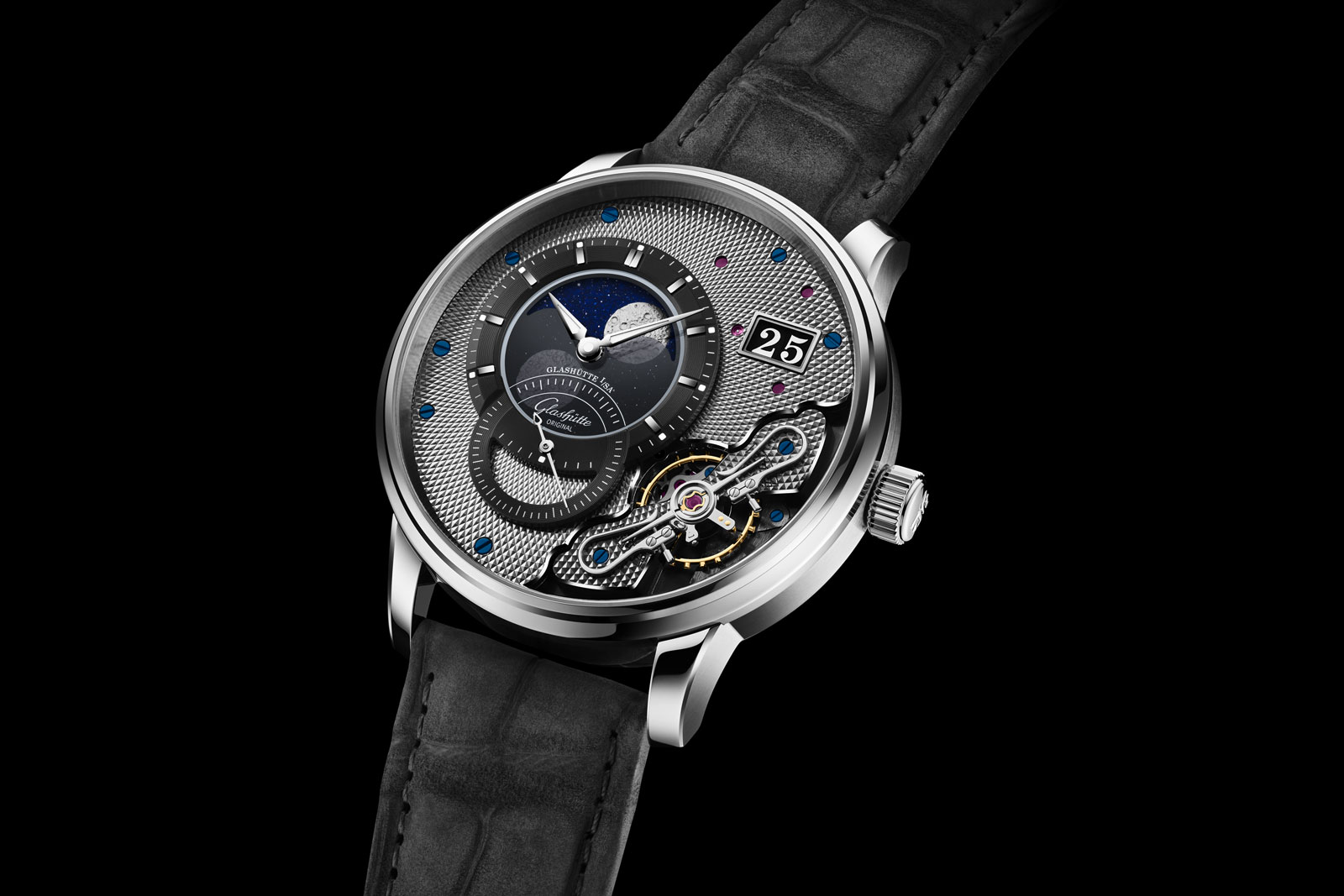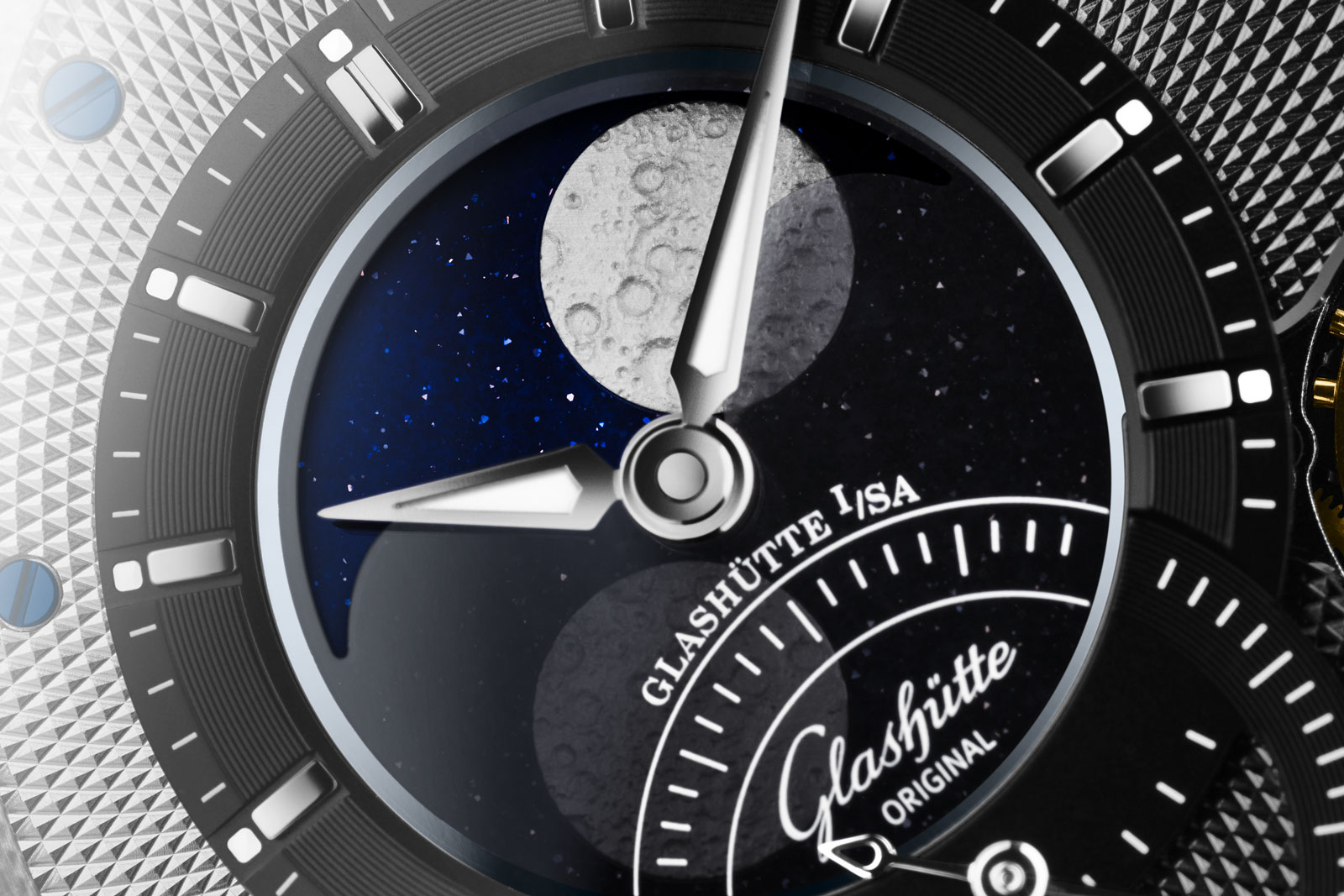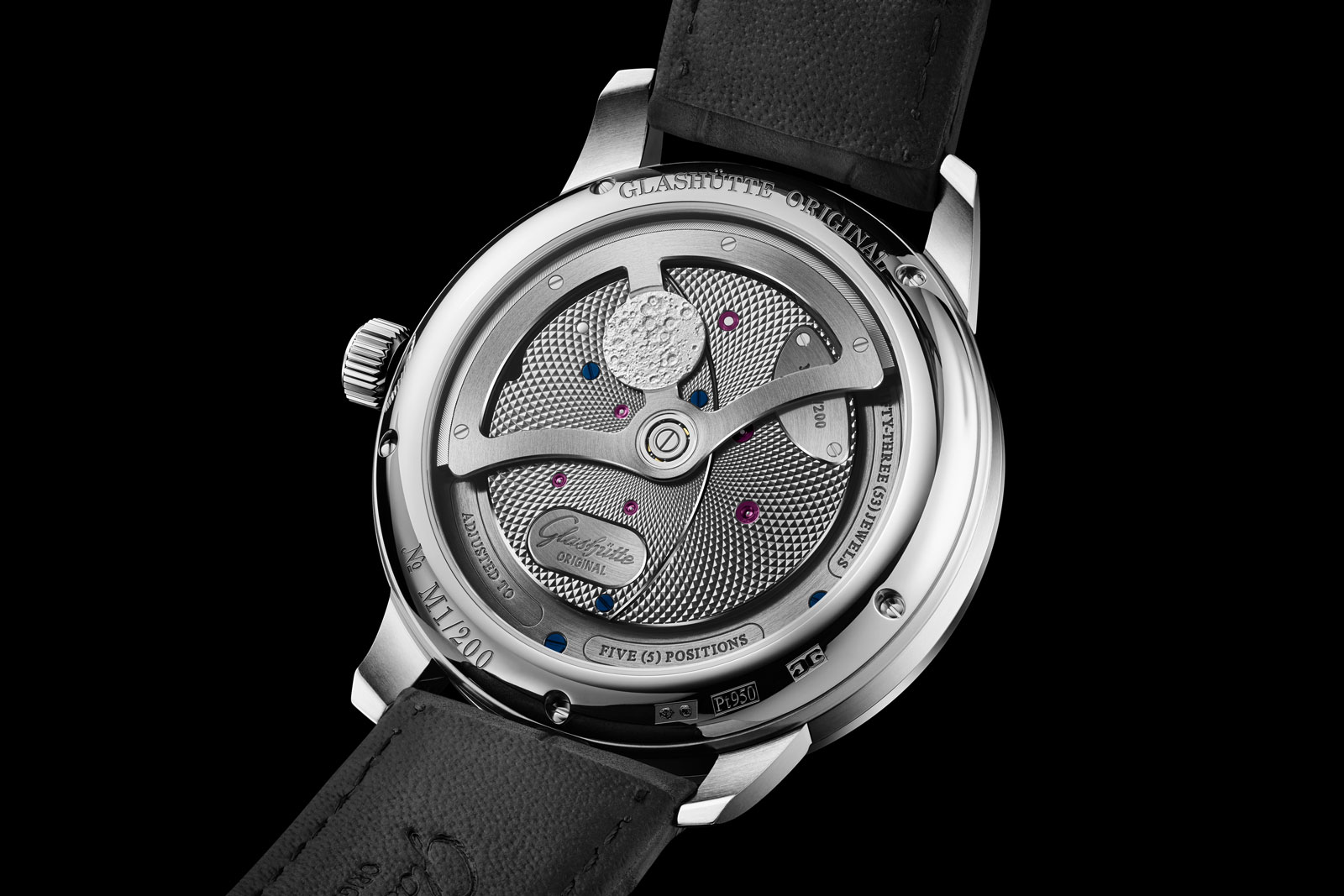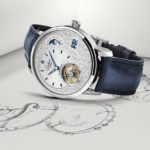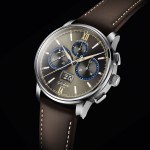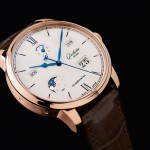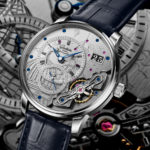In-Depth: Alfred Helwig’s Flying Tourbillon in Wrist- and Pocket Watches
A history of the invention by Dr Helmut Crott.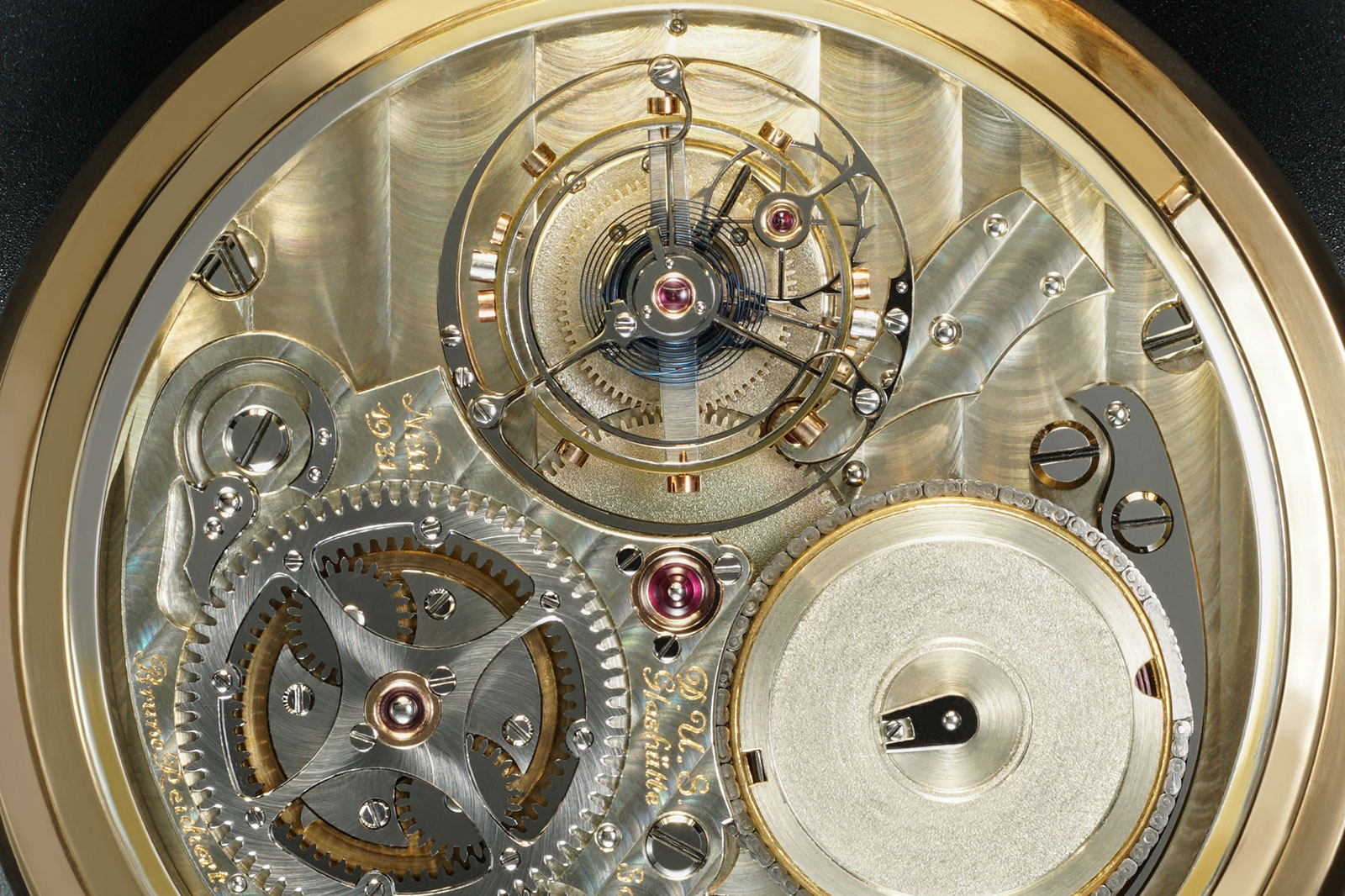
The flying tourbillon marks the beginning of my career as a watch dealer and collector. In the mid-1970s, I met a former fellow pupil of mine, Richard Miklosch, in a little antique shop in my hometown of Aachen.
At the time, I was unaware that Miklosch (1939-2014), originally a technical schoolteacher, had become a highly sought-after watchmaker specialising in pocket watch tourbillons (Fig. 1) – to his great credit being entirely self-taught in the field [1, p. 198][1, pp. 374-377][2, p. 140][3, p. 40]. That is how Theodor Beyer, who ran Chronometrie Beyer and Beyer Uhrenmuseum in Zürich, came to have a Miklosch tourbillon, as well as a George Daniels tourbillon, in his collection.
I told him about my growing fascination for watches and my plans to start organising auctions specialised in this field. Miklosch looked at me sympathetically, and, pulling a watch out of his pocket he said: “This is one of the best precision timepieces ever made”.
Although I had only rudimentary knowledge of the subject at the time, I was immediately struck by the visual aesthetics of the movement. It was one of the flying tourbillons from the famous Glashütte School; to be precise the 1930-1931 tourbillon made by Max Hahn marked “School no. 3673” and “Special no. 21”.
That was my eureka moment and one that ultimately marked the beginning of my watch career. Some of these iconic watches were to pass through my hands in the following 50 years, or even to find a place in my collection. Apart from this personal experience, various other aspects of a more general nature prompted me to write this article.
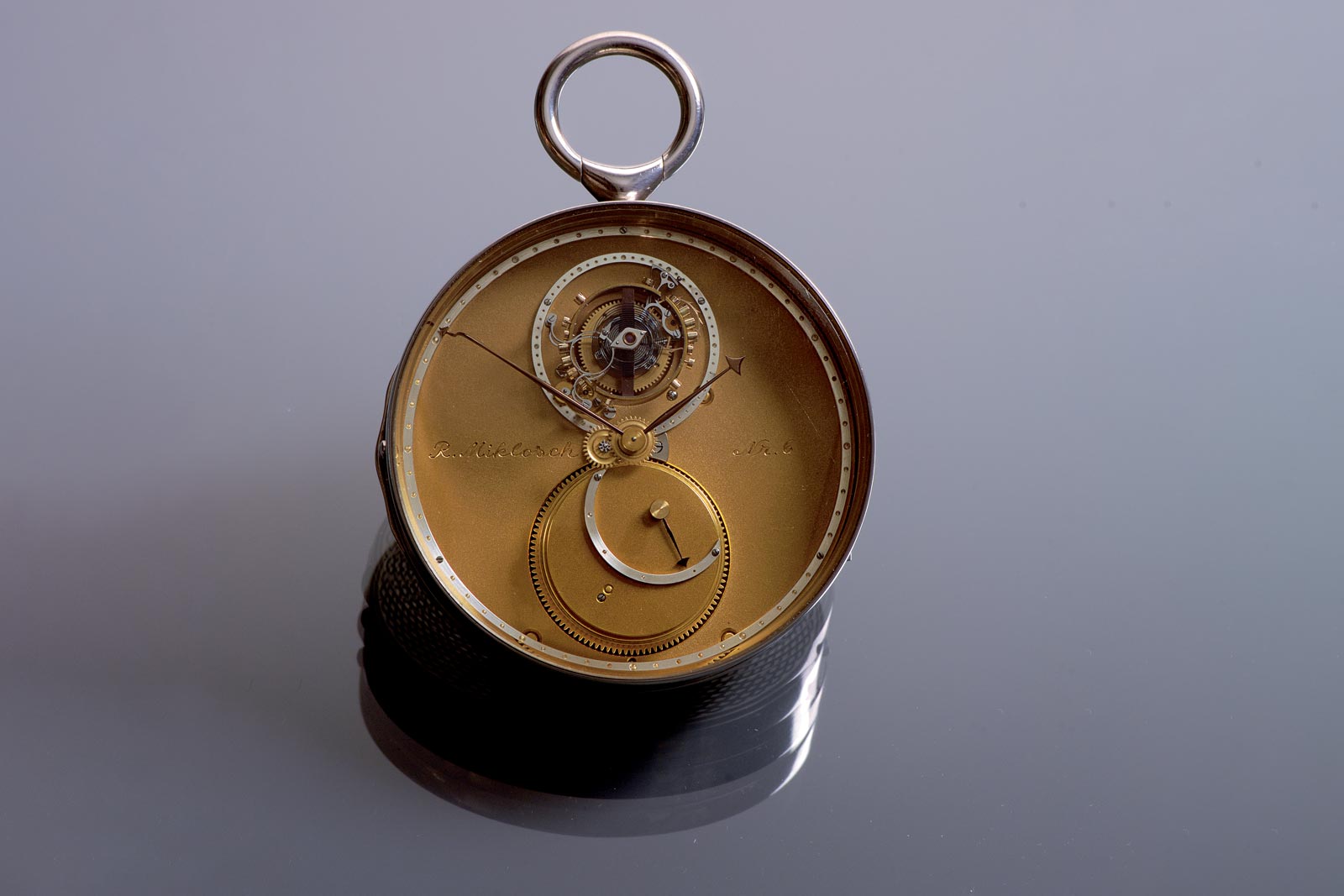
Fig. 1: Flying one-minute tourbillon no.6 by Richard Miklosch (c. 1980) with Earnshaw spring detent escapement. Unique arrangement of tourbillon cage, power reserve and flying mainspring barrel hovering above the recessed dial within a silver casing. Image – Auktionen Dr Crott
Recognising Helwig
One of those was the subject of flying tourbillons in modern wristwatches – although Alfred Helwig is rarely mentioned as the inventor of this concept. In English literature little has yet been written about Helwig and his most significant contribution to watchmaking. Even his central work Drehganguhren, written in 1927 [4], has never been translated into English.
In the 1970s and 1980s, there was a growing interest in the subject, mainly whenever historical Glashütte timekeepers, and especially the “school tourbillons”, were the highlights of major auctions. The definitive works by Reinhard Meis [1, pp. 46-47] [1, pp. 242-258] and Kurt Herkner [5] simultaneously served to rate and rank these masterpieces in watchmaking history. It is interesting to note that in the following decades, the flying tourbillons of the Deutsche Uhrmacherschule (D.U.S.) gradually left the spotlight.
That changed with the 2021 publication by Rainer im Brahm of Die Tourbillonbauer an der Deutschen Uhrmacherschule Glashütte in Sachsen [6]. The book is a veritable goldmine of information on the subject, although the photographic material is mostly old and somewhat aesthetically lacking, a fact even bemoaned by the author himself.
Having access to two of these flying tourbillons from Helwig’s masterclass – each being even of significantly different construction – provided me with the unique opportunity to document the quality of these delicate objects in their disassembled state. The photographic material thus obtained was what ultimately prompted the present article. I hope that the interested collectors will share my awe and admiration when becoming aware of all the subtle details of these handcrafted watches.
A brief history of the flying tourbillon
After its invention by Abraham-Louis Breguet in 1801, the tourbillon “complication” was only used in extraordinary pocket watches aiming at high precision timekeeping and thus exemplifying watchmaking at its finest.
The introduction of CNC machine tools as well as the advances in electrical discharge machining (EDM) in the mid-1980s meant that the watchmaking industry was able to manufacture the once-exclusive tourbillon in series, and that at even comparatively affordable prices.
Around the same time, the tourbillon found its way, albeit hesitantly, into wristwatch movements. David Chokron, in his excellent 2017 article in Watch Around [7, p. 60], outlined the topic:
“Between its invention and the early 1980s, only a few hundred [pocket watches] with tourbillons were created. Then, in the 1980s, the tourbillon made the great leap from the pocket to the wrist. In the 2000s, the rise of high-end watchmaking and the en masse arrival of new watchmakers fuelled demand for the tourbillon. Whilst it was initially an example of solid craftsmanship, it was soon appropriated and perceived as the jewel in the watchmaker’s crown, both an object of fascination and, subsequently, irritation.
The enthusiastic reaction, however, also led to the tourbillon finding many imitators and triggered an almost unprecedented level of technical creativity. This soon soared to unparalleled heights, albeit with erratic results. Technical achievement had gained the upper hand over chronometry. Creativity knew no bounds, and innovations burst forth. Most of them were intended to give each brand its own identity in a universe where there would soon be around fifty different tourbillons.”
Vincent Calabrese, co-founder of the Académie Horlogère des Créateurs Indépendants (AHCI), was the first to prototype a wristwatch with a flying tourbillon in 1986. Based on his work, Blancpain launched reference 0023-1418-55, the first, and also the flattest, series-produced hand-wound wristwatch with a flying tourbillon, but not until 1989 [8, p. 46].
Deviating from Helwig’s original concept of a tourbillon cage bearing arrangement with two bearing jewels (a) and (b), each located in the close vicinity of the two sides of the fourth wheel pinion (see Figs. 11, 12, and 13), Calabrese had ceramic micro ball bearings – providing similar radial and axial stability – positioned on the cage arbor between the cage and the fourth wheel pinion [8, p. 51]. This and the off-centre cage position of the balance arbour, which made it possible to further reduce the cage height, considerably reduced the overall height of the tourbillon module, making it much more suitable for use in a wristwatch.
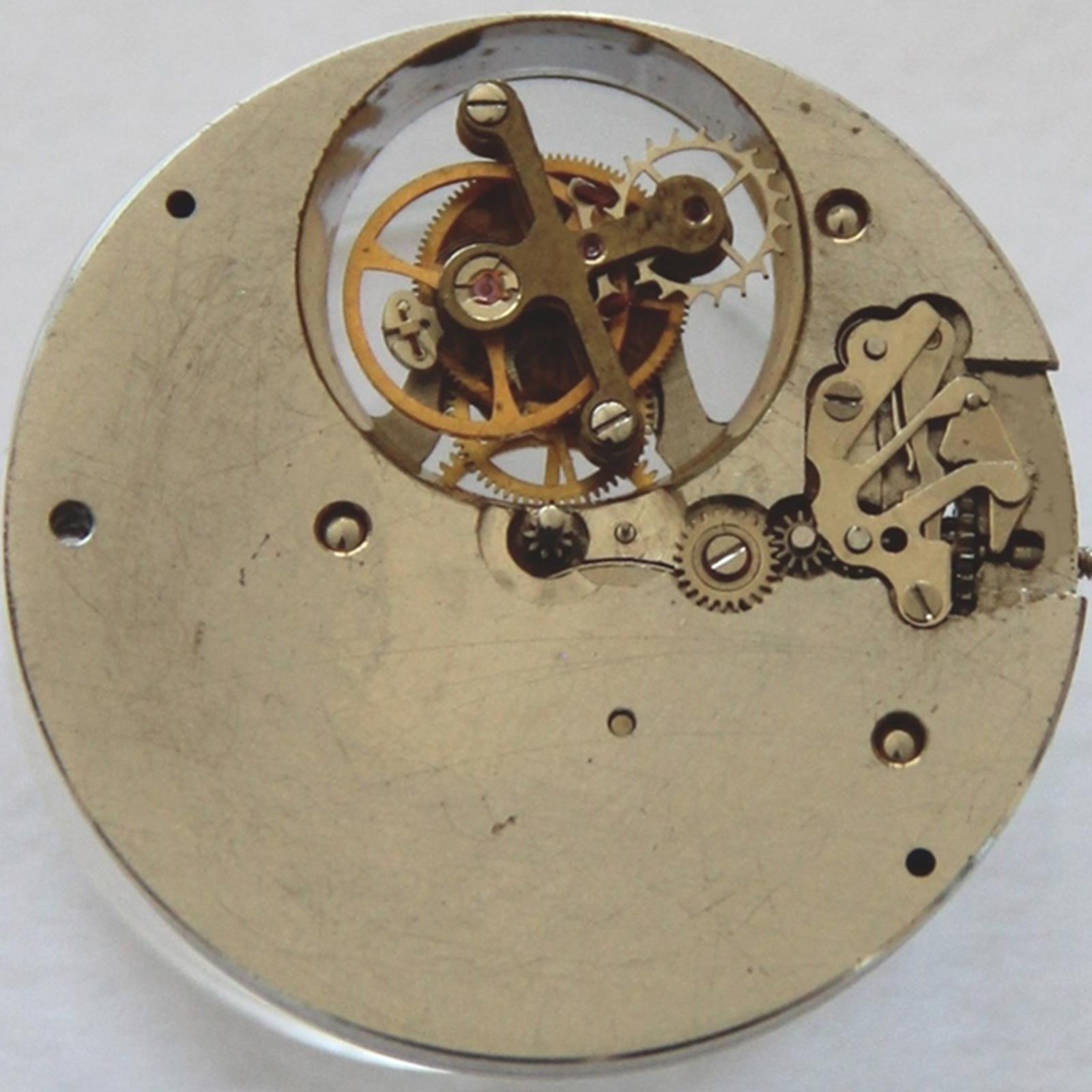
Fig. 2: Front view of the prototype of the first flying tourbillon in a wristwatch by Vincent Calabrese 1986. Image – V. Calabrese
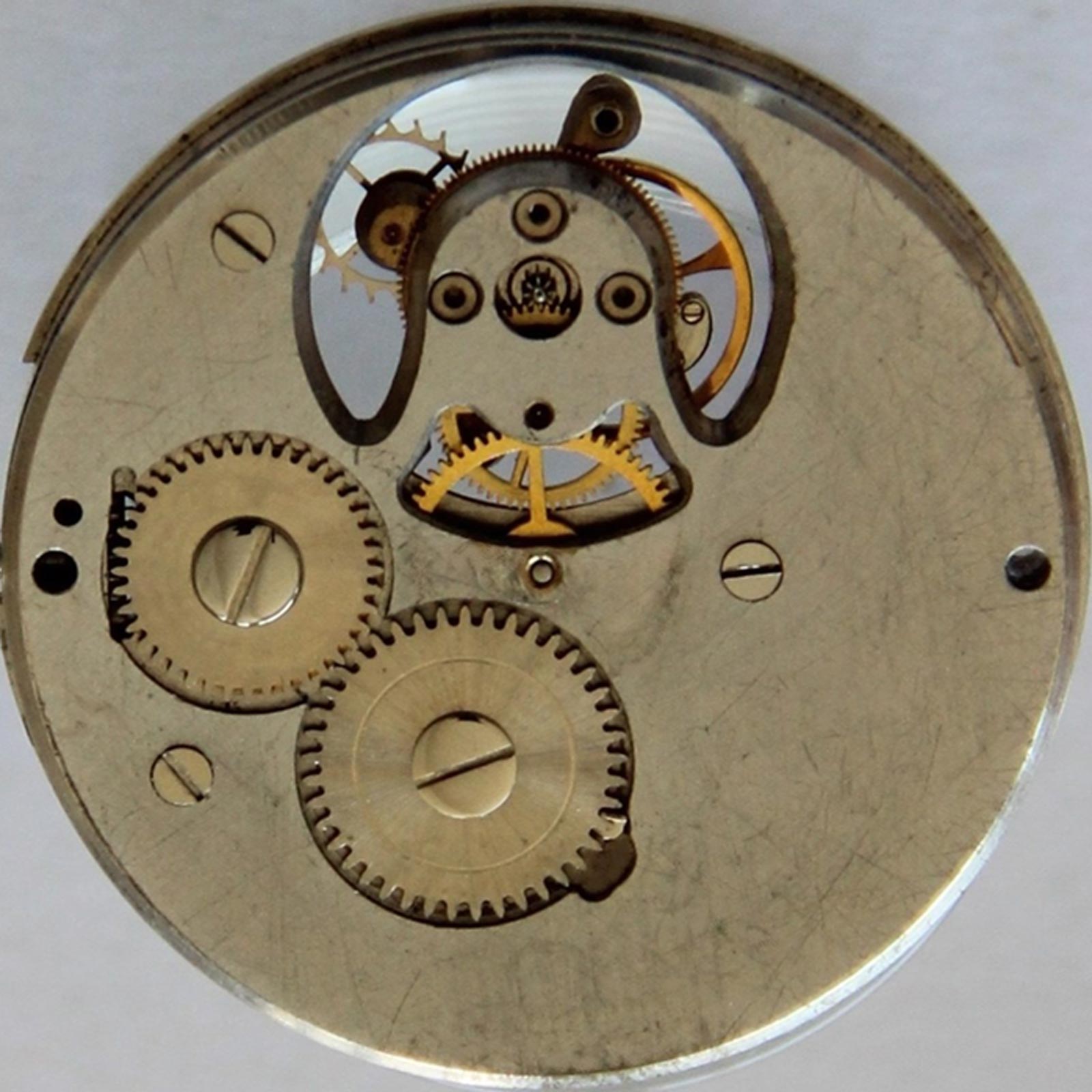
Fig. 3: Rear view of the prototype of the first flying tourbillon wristwatch made by Vincent Calabrese 1986. Image – V. Calabrese
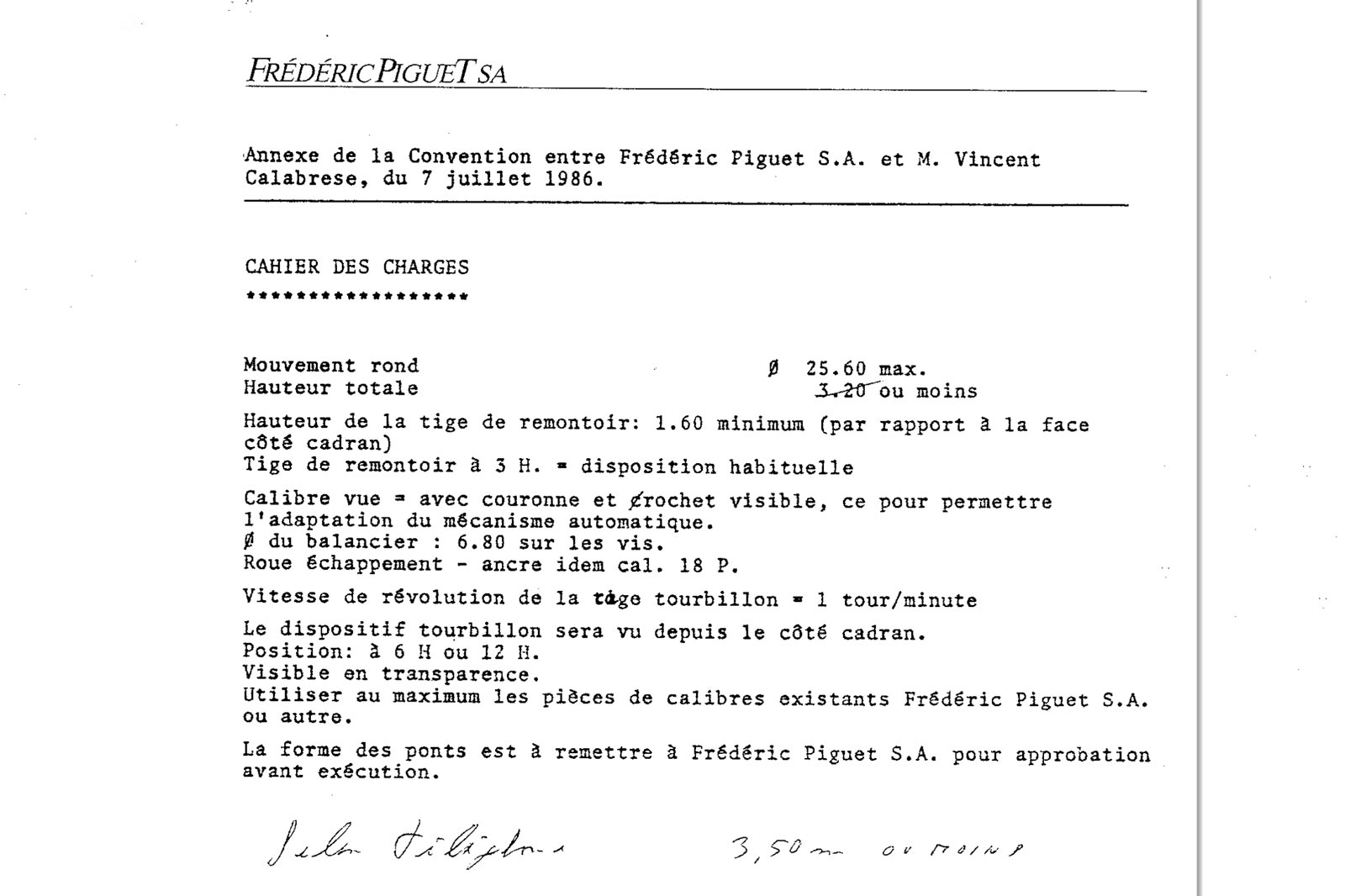
Fig. 4: Extract from the 1986 contract between Calabrese and Frédéric Piguet. Image – V. Calabrese
The contract (Fig. 4) between Calabrese and Frédéric Piguet from 1986 indicates that Calabrese is indeed the creator of the first flying tourbillon wristwatch (see also [9, pp. 4-5] [10, p. 110-125]).
Apparently, the management of Blancpain decided in 1987 to postpone the serial production of the Calabrese tourbillon in favour of the 1735 grand complication. Calabrese was not very happy with this decision. That is why he created his own flying tourbillon (Fig. 5) which was presented at the Basel Fair in 1988.
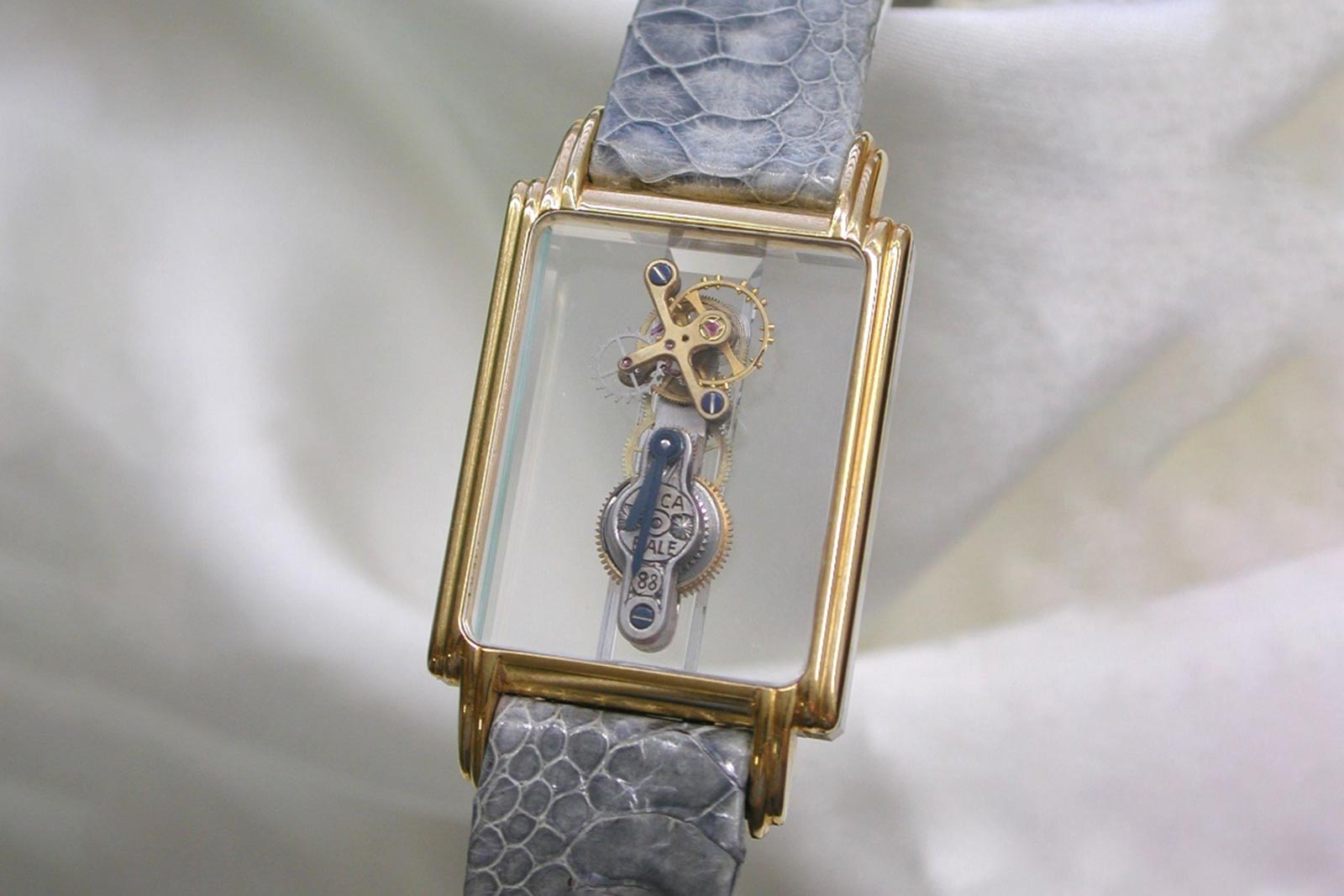
Fig. 5: First flying tourbillon wristwatch by Vincent Calabrese presented at the Basel Fair in 1988. Image – V. Calabrese
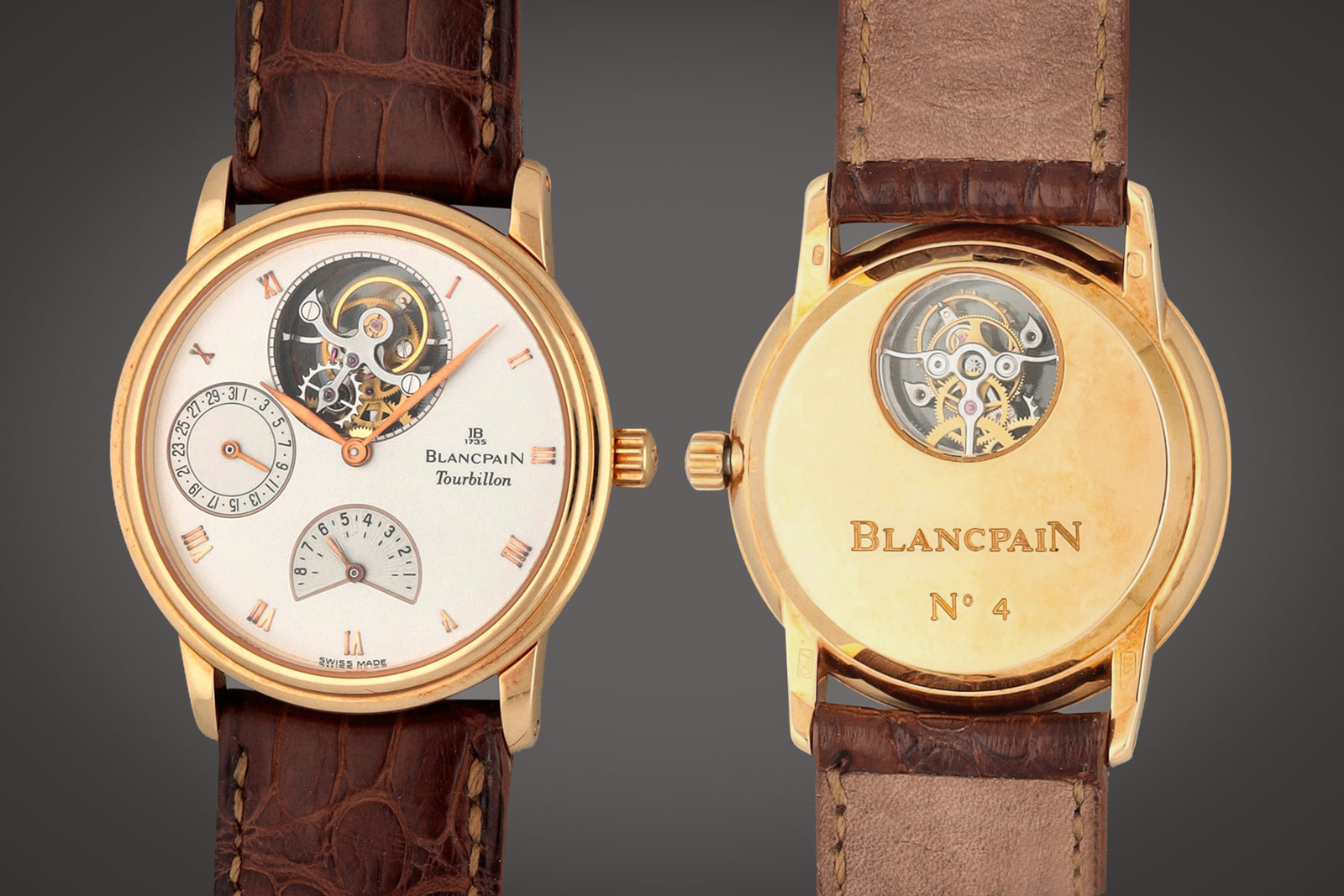
Fig. 6 & 7: The first series produced flying tourbillon wristwatch by Blancpain 1989 based on the 1986 prototype by Calabrese. Image – Sotheby’s
After a timid start in the late 1980s, the flying variations of the tourbillon with their added aesthetics have only begun to gain momentum in series production for wristwatches in more recent years – an astonishing fact, given that Helwig invented the principle more than 100 years ago.
In 1997, Glashütte Original was the first Glashütte-based manufacturer to introduce a wristwatch with a flying tourbillon, namely the Julius Assmann Tourbillon cal. 51. Unlike in the case of a pocket watch tourbillon, here the purpose was to demonstrate horological expertise rather than to improve timekeeping accuracy.
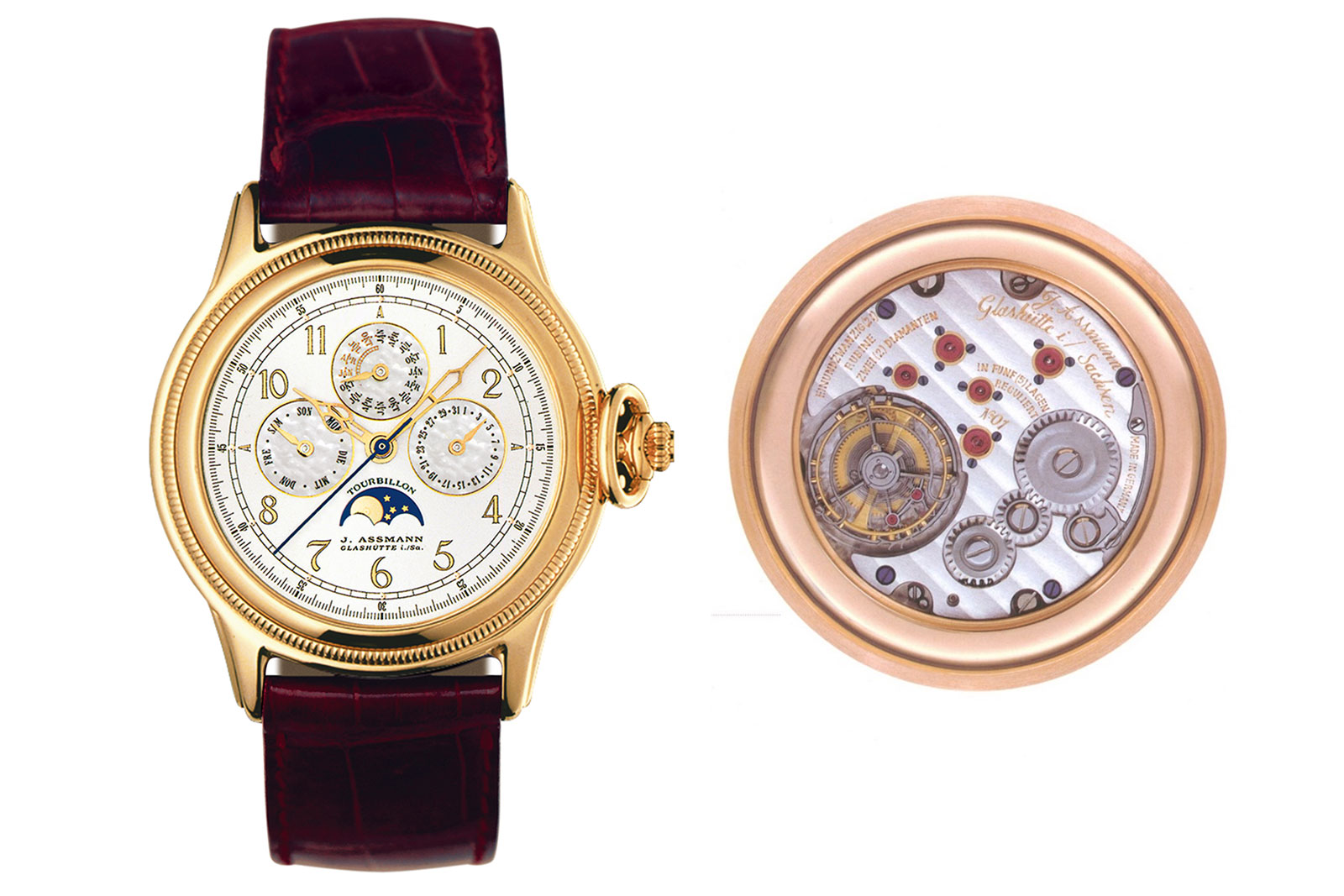
Fig. 8: The first flying tourbillon wristwatch by a Glashütte-based manufacturer, the Glashütte Original Julius Assmann Tourbillon cal. 51. Image – Glashütte Original
Helwig was one of the most important watchmakers of the 20th century. His significant contributions to the development of precision watchmaking are also reflected in the large number of works he published between 1912 and 1954 [11]. Drehganguhren, written in 1927 [4] and now considered a standard work, ushered in one of the most important periods in the history of the D.U.S. in Glashütte. This period was particularly distinguished by his teaching activities: he trained more than 800 students; only the very best were considered for the construction of a pocket watch with a flying tourbillon [12, p. 45].
The urge to create a highly accurate pocket watch was evident from the fact that nearly all of these tourbillons were subjected to the most stringent watch test that has existed in Germany for portable timepieces since 1931. At least eleven of the school tourbillons are known to have passed the Sonderklasse (“Special class”) test [13, p. 34] of the Deutsche Seewarte (German Naval Observatory) in Hamburg.
Such watches had to undergo several weeks of fine adjustment before they could be submitted for the Seewarte “Special class” test. The adjuster, Helwig, needed a long, continuous period of time in which to record the necessary rate observations and carry out the fine adjustments.
The Seewarte’s test criteria corresponded more or less to those of the English Kew-Teddington test centre and the Swiss observatories in Geneva and Neuchâtel. The calculated rate accuracies of Glashütte School Tourbillons could therefore be compared with those ascertained for watches from England and Switzerland. They turned out to be at least equivalent and thus also ranked among the most accurate portable precision timekeepers in international comparison [13, p. 35].
The commonly available tourbillons at that time were made in the Breguet style and featured a cage mounted between two bearings, bridging a relatively large mounting distance (Figs. 9 and 10). One of those bearings was integrated within the lower plate that fixes the pivot of the fourth wheel pinion at the cage bottom. The countering bearing is embedded into a cock and houses the pivot on the upper side of the cage. The “shaft” in between the bearings, effectively the cage, is subjected to the radial component of the engagement force of the third wheel meshing the fourth wheel pinion. This results in the need for a comparably sturdy and thus heavy design that the Breguet cages are typical of.
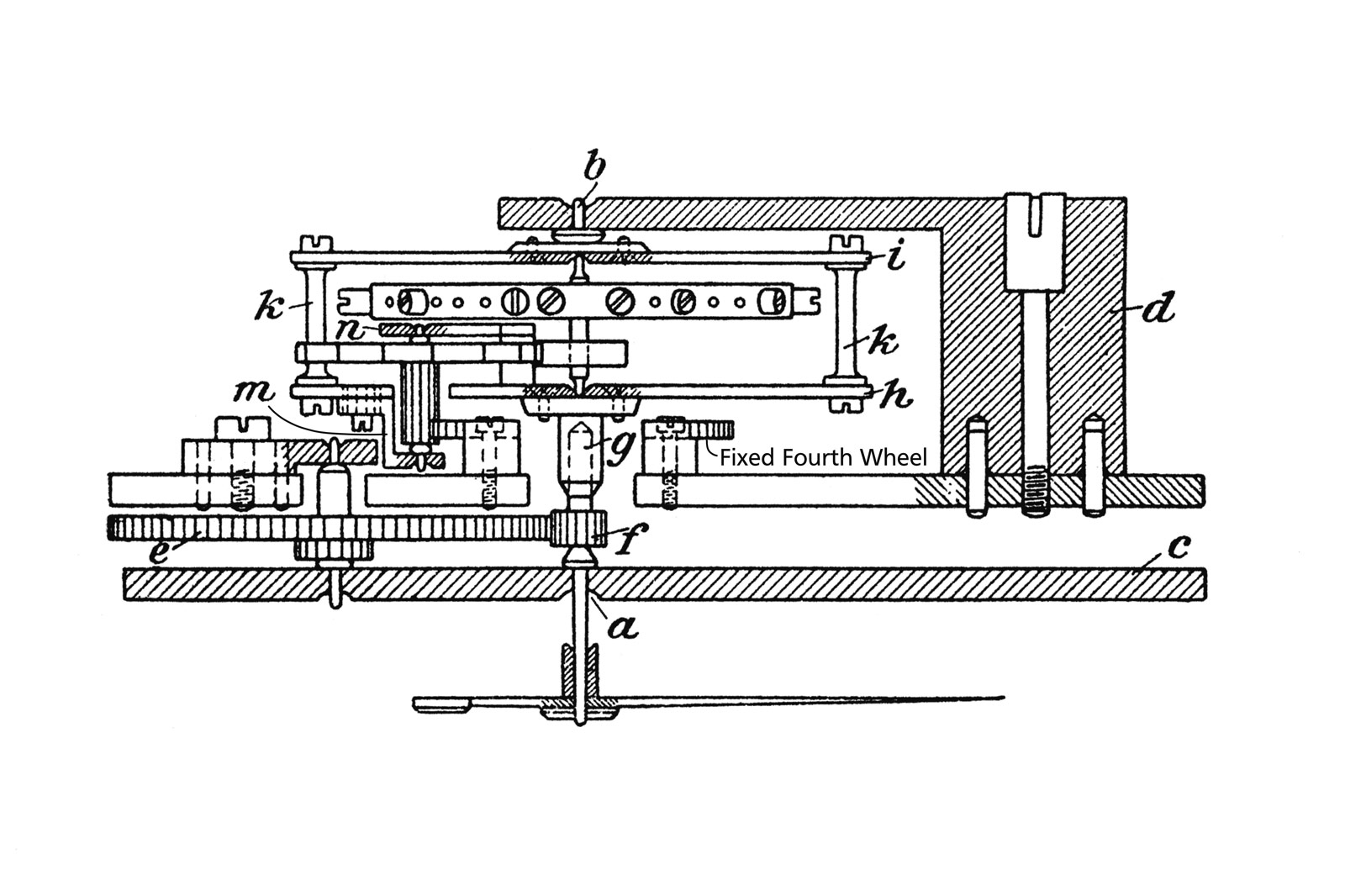
Fig. 9: Breguet type tourbillon, sectional drawing (modified from [4]). Image – A. Helwig
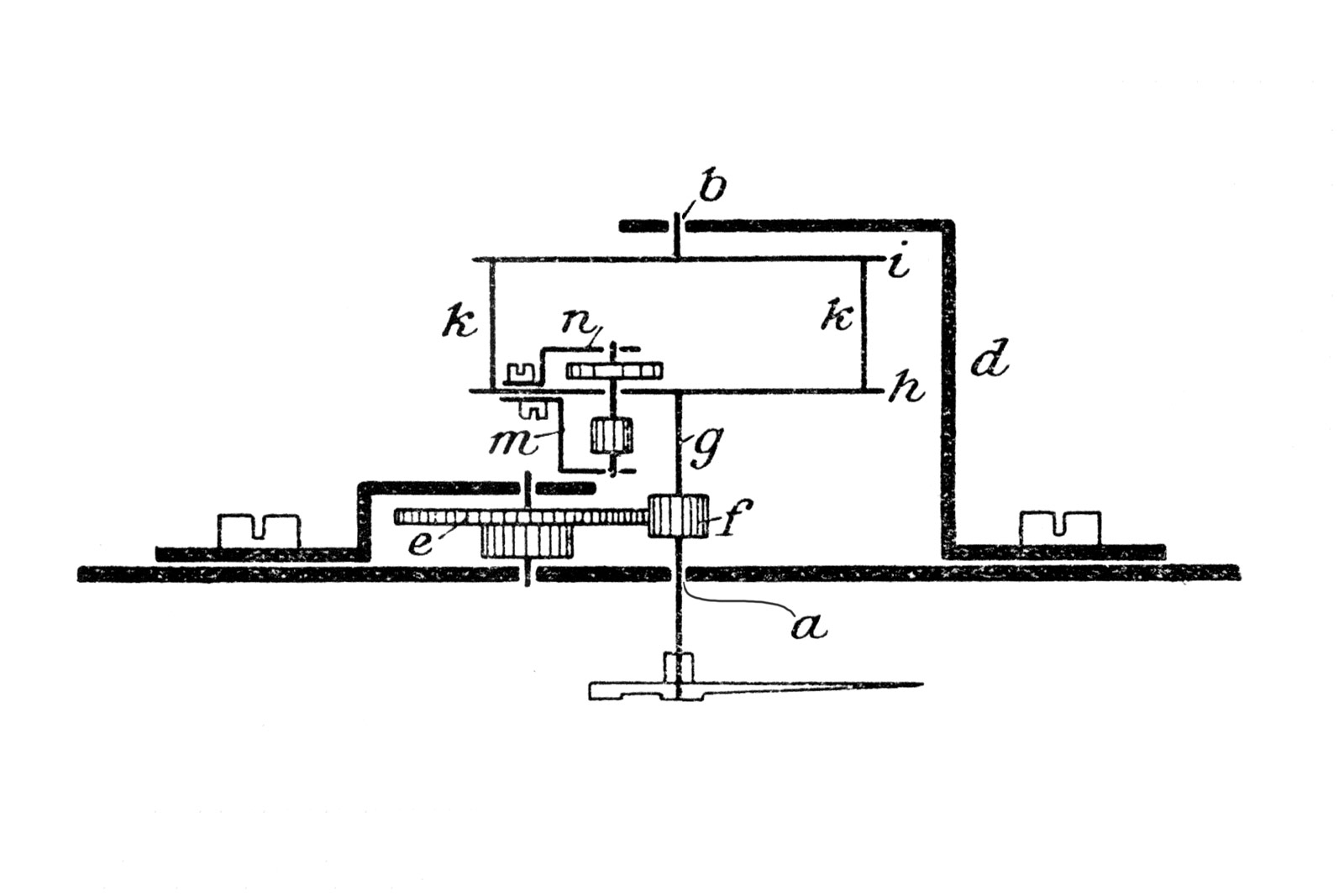
Fig. 10: Breguet type tourbillon, schematic drawing (modified from [4]). Image – A. Helwig
To further reduce the moment of inertia of the cage interacting with the escapement, the upper escapement wheel bearing – which was originally designed as a cock (n) on the topside of the cage bottom – was abandoned. Instead, the bearing was placed within the cage bottom (h). This also resulted in repositioning the escape wheel from inside the cage to the plane below the cage.
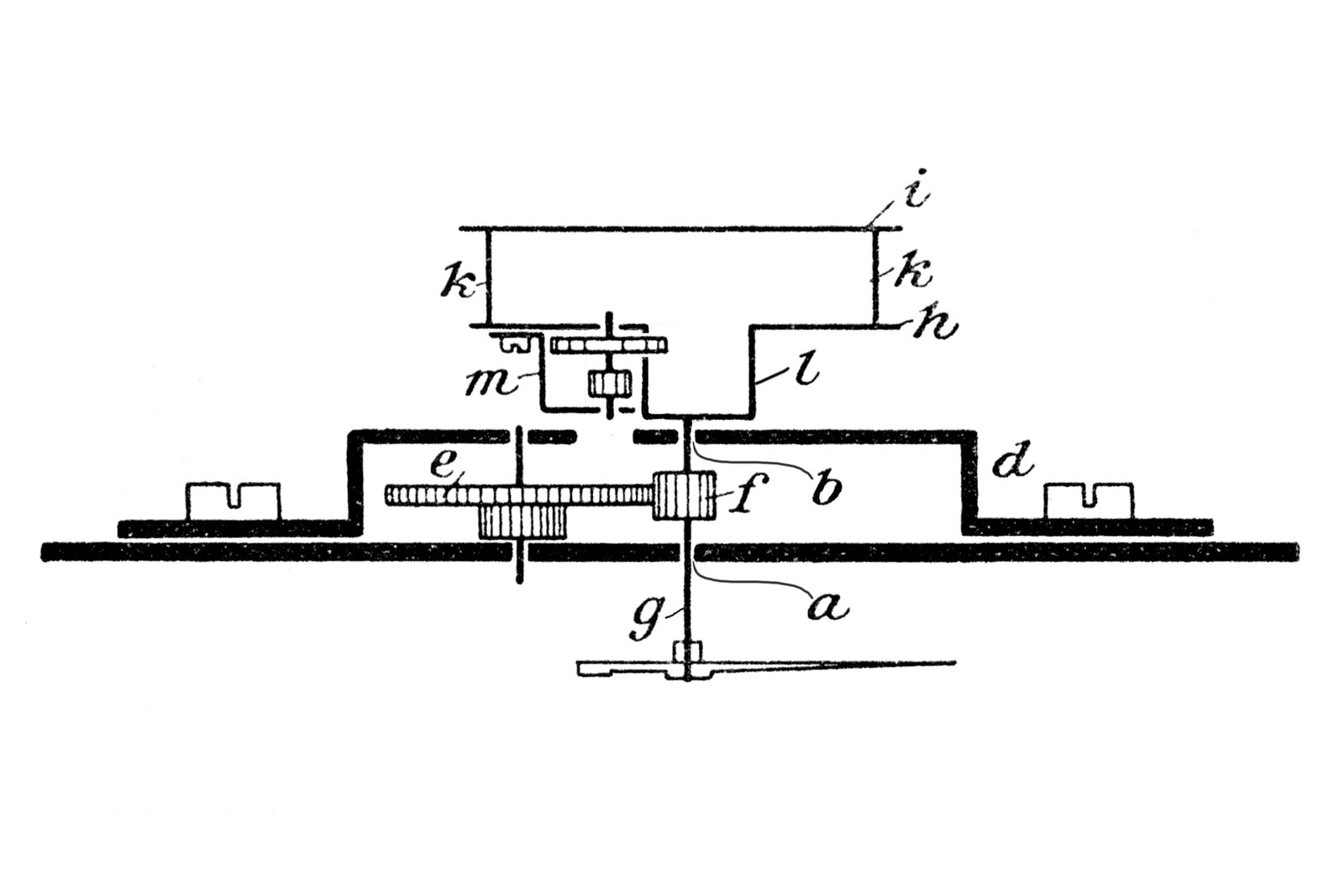
Fig. 11: Flying tourbillon, schematic drawing (modified from [4]). Image – A. Helwig
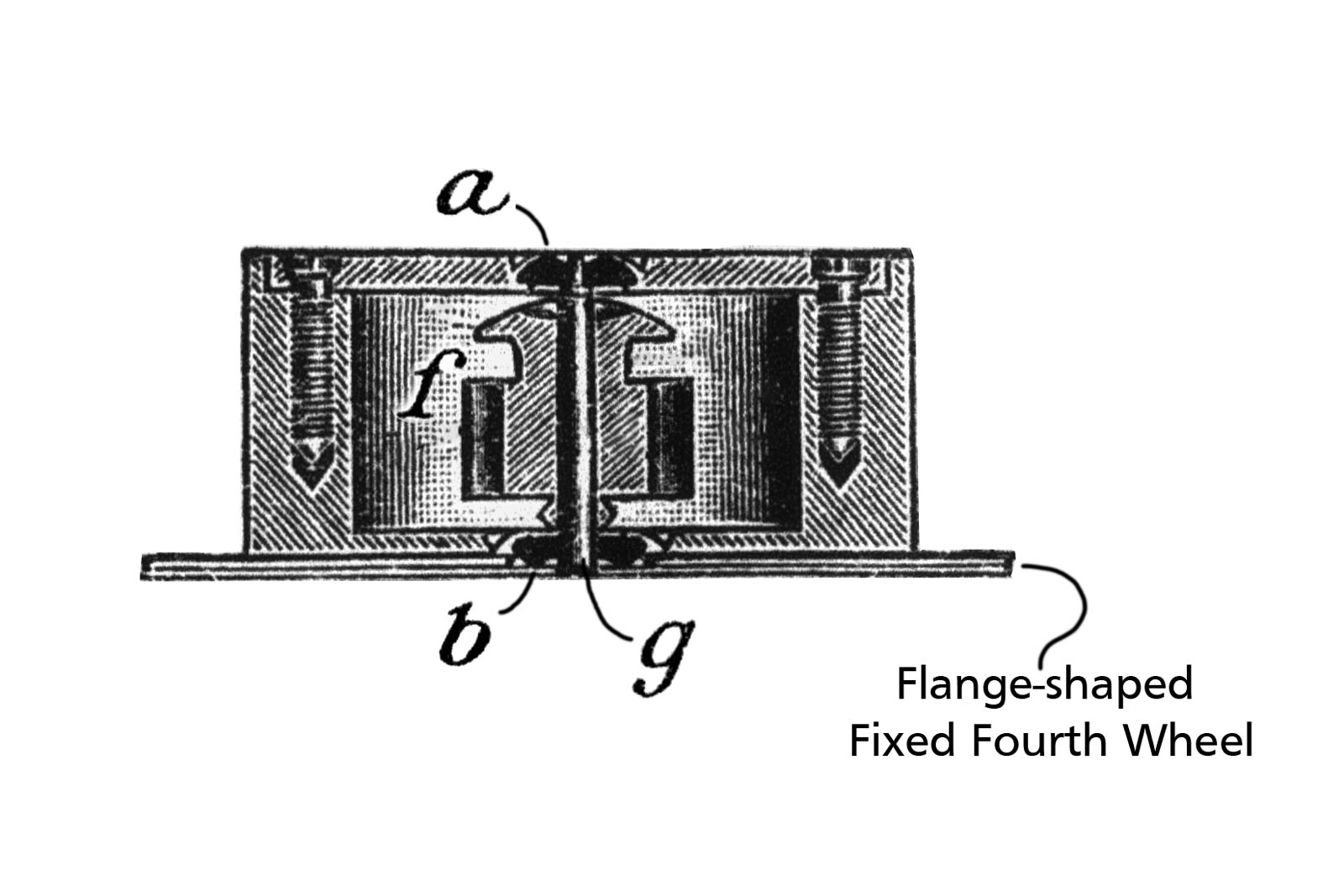
Fig. 12: Flying tourbillon “lantern” cage bearing (modified from [4]). Image – A. Helwig
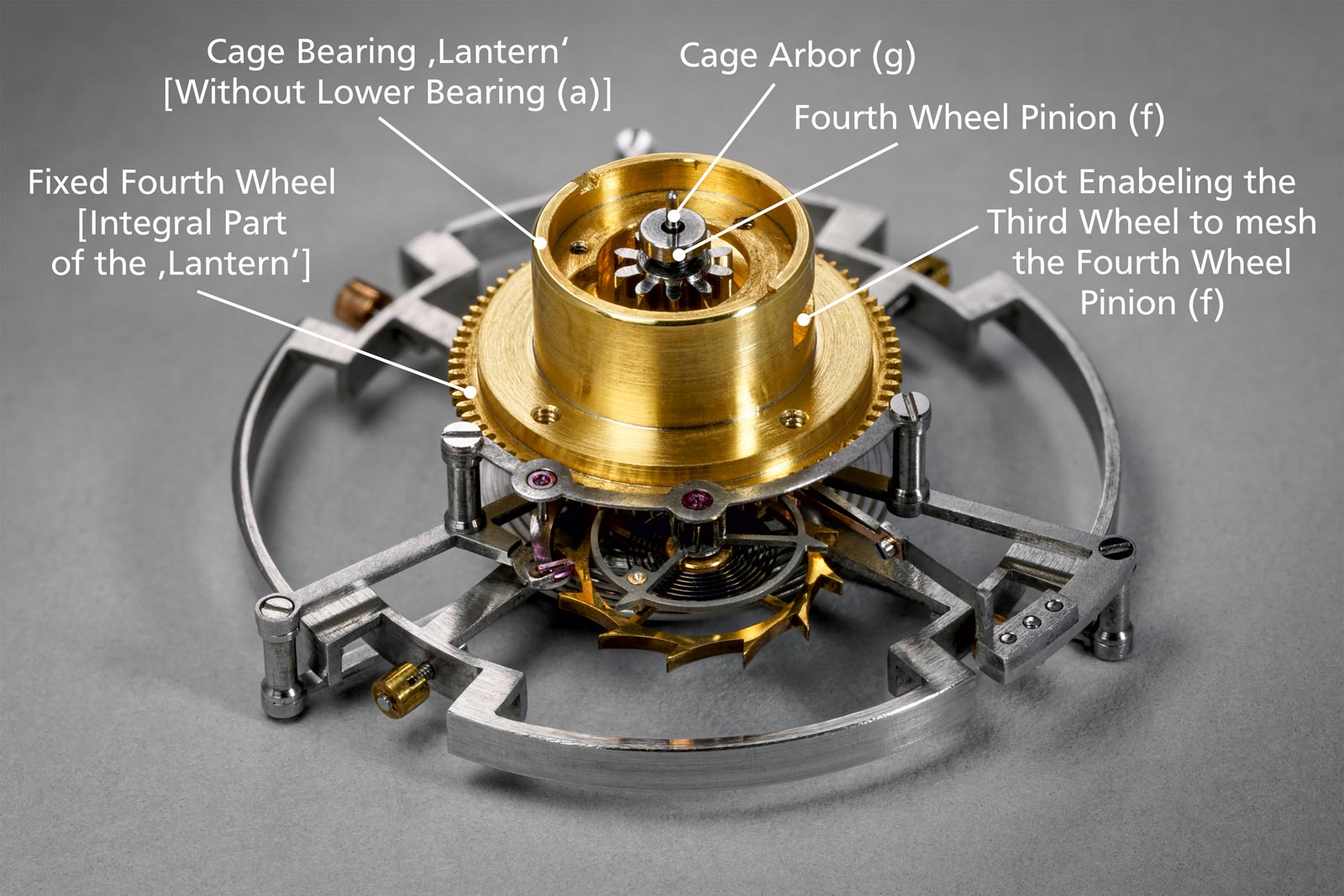
Fig. 13: Flying tourbillon cage bearing exemplified by Derek Pratt’s Oval No. 1 (modified from [14]). Image – H. Crott
“The conventional construction according to Breguet demands a solid cage, which inevitably requires a lot of mass. The frame must be built sturdily, because the cage has to withstand the radial force introduced by the third wheel engaging the fourth wheel pinion. The cage must not yield. Hence the sturdy arms in the cage and the heavier bridge that support the escape wheel.
The new Glashütte tourbillon designed by A. Helwig liberates the cage from the strong gear force of the third wheel. Only the escape pinion experiences delicate contact with the fixed fourth wheel, around which it rotates. We find this torque in the lower part of the cage. The three pillars and the lyre only remain because of the upper bearing of the balance pivot, but free of any force. Hence the slender pillars and the delicate lyre.”
The D.U.S. tourbillon
According to Fritz von Osterhausen’s overview of the tourbillon Die Tourbillonbauer [13, p. 33], there were five different designs of flying tourbillons at the D.U.S.:
(1) Five-minute tourbillons with a lever escapement and one mainspring barrel (Walter Fleischhauer 1920-1921, N° 3022) respectively two mainspring barrels in series and a differential train (Helwig’s masterpiece with the participation of Edgar Simmchen 1921-1922, N° 3132)
(2) A one-minute tourbillon with a lever escapement in a so-called semi-flying arrangement. The cock for the upper bearing of the balance is fixed on the plate. The watch also featured two spring barrels connected in series and a differential gear under the dial (August Spetzler 1933, N° 3798 Sondernummer 28)
(3) A one-minute tourbillon with spring detent escapement, with chain and fusee and a planetary gears for both winding the watch and maintaining power, respectively (Conrad Richter 1920-1921, N° 2970 and Bruno Reichert 1921-1931, N° 2973 Sondernummer 11)
(4) A one-minute tourbillon with spring detent escapement, two spring barrels in parallel, and a differential gear under the dial (Herbert Schöneck 1932-1933, N° 3807 Sondernummer 29)
(5) A one-minute tourbillon with spring detent escapement, two spring barrels connected in series and a differential gear being visible on the movement plate.
Allegedly 21 flying tourbillons were made at D.U.S. in total. This number varies between 16 and 31 depending on the literature [13, pp. 33-34]. This uncertainty arises from the fact that there are workpieces made outside the school, but still being attributed to the D.U.S by some authors.
With about 14 examples, construction type (5) was the most frequently one built. Thus, it is referred to as the so-called “standard version”:
Hans Apel N°3374 / manufactured 1925-1926
Alfred Helwig (collaboration) N°3411 / Sondernummer 17 / manufactured 1925-1926
Alfred Helwig (collaboration) N°3540 / Sondernummer 7 / manufactured 1926-1927
Ernst Zschiesche N°3535 / Sondernummer 19 / manufactured 1926-1927
Willi Kohler N°3607 / Sondernummer 2 / manufactured 1928-1929
Max Hahn N°3673 / Sondernummer 21 / manufactured 1930-1931
Alfred Hübner N°3732 / Sondernummer 23 / manufactured 1930-1931
Friedrich Leutert N°3738 / Sondernummer 22 / manufactured 1930-1931
Eugen Beutter N°3787 / Sondernummer 26 / manufactured 1931-1932
Heinz Oestreich N°3806 / Sondernummer 30 / manufactured 1932-1933
Hans Conrad N°3834 / Sondernummer 31 / manufactured 1934-1935
Heinz Eberhardt N°3884 / Sondernummer 32 / manufactured 1934-1935
Karl Geitz N°3890 / Sondernummer 34 / manufactured 1934-1935
Jürgen Kuhls N°3885 / Sondernummer 33 / manufactured 1934-1935
The basic shape and most of the dimensions of the tourbillons were determined in Helwig’s design. The conceptual decision as to whether, in an arrangement of two barrels, the barrels should be connected parallelly or in series, was predominantly left to the students. It should be noted that the compensation of the spring tension by using a chain and fusee was abandoned early on.
The freedom of choice for the students also applied to the decision between building a five-minute tourbillon with a lever escapement or a one-minute tourbillon with a detent escapement. The students were also given leeway on shaping individual parts of the movement, such as the click work or the position of the hands. Although Helwig held considerable influence through his advice on the choices [6, p. 199].
Students who chose to build a tourbillon were given parts in differing states of finish, such as balances, jewels, blanks for pinions, keyless winding parts and escapement wheels, as well as semi-finished screws by the school. There is no consensus in literature on the extent of the parts provided as with all other school watches.
From 1923 on, these cases were provided by Karl Richter, Glashütte’s case maker for pocket watches. All other parts including the dial had to be made by the students. By far the most time-consuming work was the making of the tourbillon cage [13, pp. 18-19]. Helwig used the “architecture” of the cages of classical tourbillons from A. Lange & Söhne as a guideline [1, pp. 46-47]. Yet, in comparison, the cages of the watchmaking school were at the limit of what was possible in terms of weight reduction and thus “delicacy”. This resulted in a weight of less than half a gram including jewels, and screws.
A similar demanding task was the making of the passing spring (sometimes also referred to as the ‘gold spring’) of the detent escapement, which is down to only 0.025 mm of thickness – equalling the diameter of a hair [12, p. 28]. Thus, the school considered the creation of the components of such an escapement the actual masterpiece [1, p. 47].
The view on the movement of the school-made tourbillons is characterised by the distinctive shape of the upper plate. This was also common for the tourbillons produced by A. Lange & Söhne and Uhrenfabrik Union in Glashütte [1, p. 46]. Two of the three pillars are placed symmetrically to the cage. At the same time the cage is kept as large as possible to accommodate a large balance.
The spring barrels are arranged symmetrically to the main axis of the watch, defined by the crown and the cage. The surfaces of the movements, which are mainly made of nickel silver, are decorated with stripes duplicating Swiss movements. To this end, Helwig introduced a new grinding technique in 1927.
The vast majority of flying tourbillons of the D.U.S. made use of a chronometer escapement with spring detent (for more information see e. g. [17] [18]). Miklosch [16, p. 210] wrote:
“Breguet feared that with the arrangement of the spring detent chronometer escapement according to Earnshaw, where the main spring works under pressure, could lead to damages over time. Breguet just bypassed the most elegant solutions of all: a tourbillon with a chronometer escapement according to Earnshaw! Just one detent spring, made so delicately, that it would be able to flex slightly when sudden pressure occurs, only such an arrangement is suitable for a tourbillon.”
The recent simulation of an Earnshaw-type spring detent escapement [19] confirms the above considerations of Miklosch.
A pair of exceptional flying tourbillon pocket watches from Helwig’s masterclass at the D.U.S.
Wilhelm Gustav Heinz “Willi” Kohler, Treuchlingen (1908-1929)
D.U.S. from 1926 to 1929, graduated on April 12, 1928
Kohler left the D.U.S. with a very good certificate and the certificate of recognition from the Großmann Foundation 1929, attesting excellent achievements. He later returned to the D.U.S as a teaching assistant for five months.
The Willi Kohler watch (Fig. 14) is issued the sondernummer 2 and the consecutive school number 3607. In the commemorative publication released on the occasion of the special exhibition 125 Years of Alfred Helwig (July 5 to November 30, 2011) at the Deutsche Uhrenmuseum Glashütte, it was described as: “The Kohler Tourbillon, being exhibited for the first time, was the crowning glory of the exhibition.”
It is one of the school-made flying tourbillons of the standard version, fifth in the above list of variants. The tourbillon was made under the instruction and supervision of Alfred Helwig.
The watch has a nickel silver movement (47 mm diameter) with a one-minute tourbillon spring detent escapement according to Earnshaw, with two mainspring barrels in series and a differential gear for the indication of the power reserve.
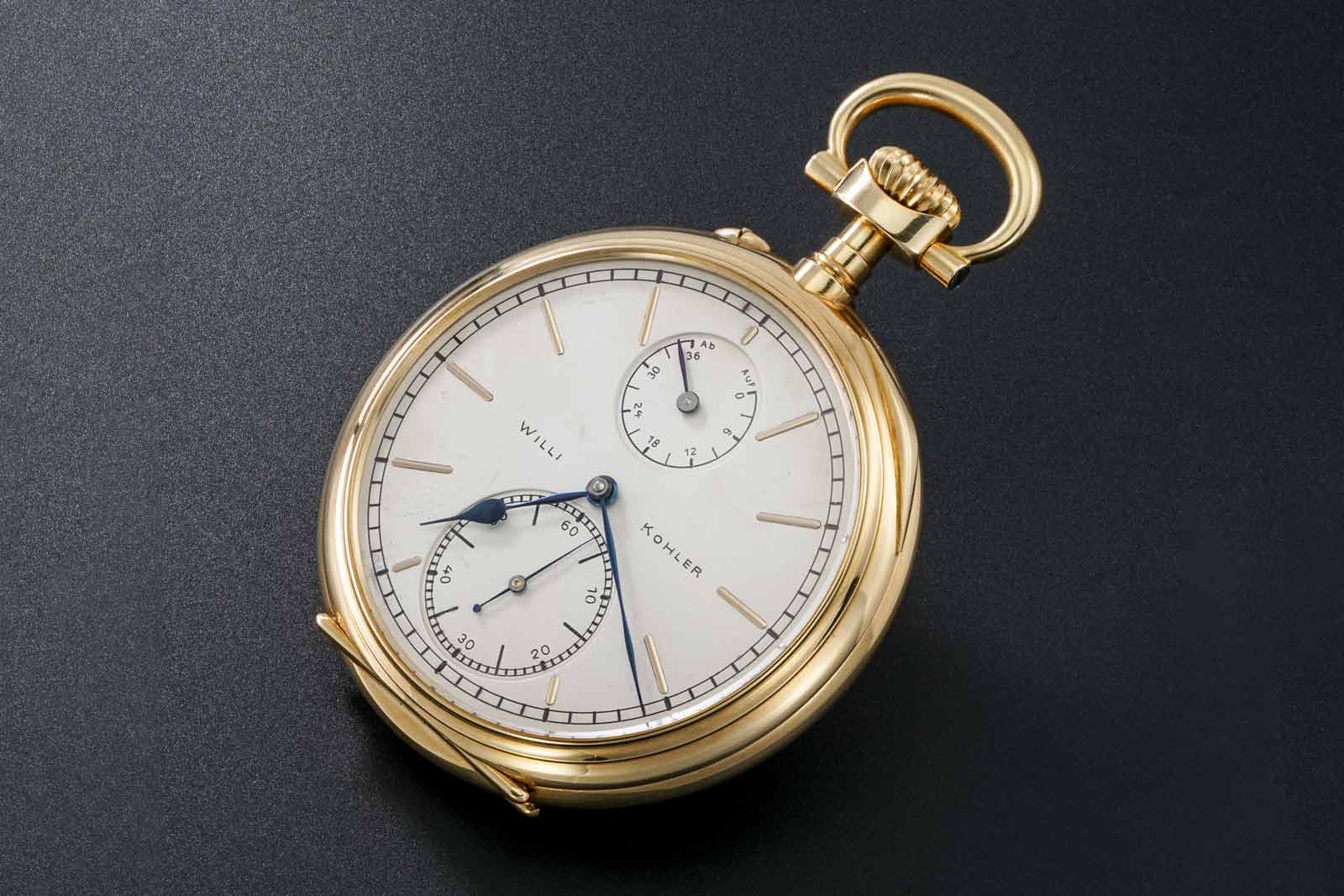
Fig. 14: Flying tourbillon by Willi Kohler, D.U.S. in Glashütte N° 3607, Sondernummer 2, 1929. Photography – Jess Hoffman, Geneva
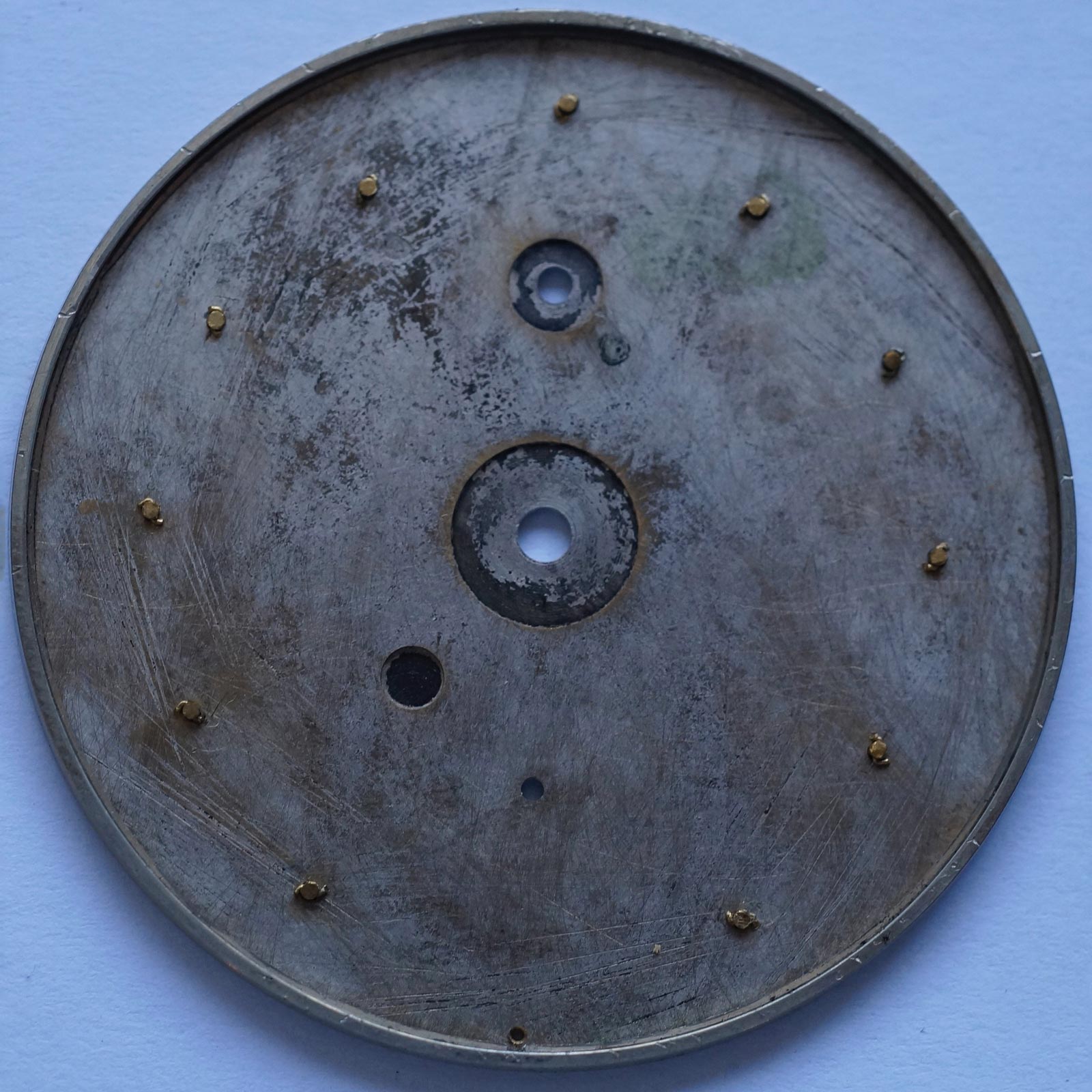
Fig. 15: Dial backplate of the Kohler watch showing the pinned feet of the gold indexes.
The silver-plated, brushed dial is framed by bar indexes made from gold, positioned at every hour. The gold bars with their feet are pinned on the back of the dial (Fig. 15). The indication for the power reserve of 36-hours is at the twelve o’clock position in a recessed scale. The recessed seconds dial is placed at six o’clock. The seconds scales and the power reserve, as well as the minute circle are milled and covered with varnish. The chamfered blued steel spade hands complete the aesthetically pleasing look of the dial.
In a letter to a Mr. Krause dated to 19.12.1969 Helwig described the watch:
“The dial is self-produced at the D.U.S. In 1927 I made the first of its kind for Mr. Bassermann. Everything extremely neatly milled and the gold bars arranged in a way that they can be removed when the dial, i.e. the silvering needs to be refreshed. This dial has been copied by the Pforzheimers in many variations, which I liked to see. They only couldn’t do the removable bars, that would have been way too expensive.”
There is nothing to add about the D.U.S.-made dials. From my point of view, they were very avant-garde with their minimalist design and gold indexes. They could easily be placed on the dial of a high-quality wristwatch of the 1940s and 1950s.
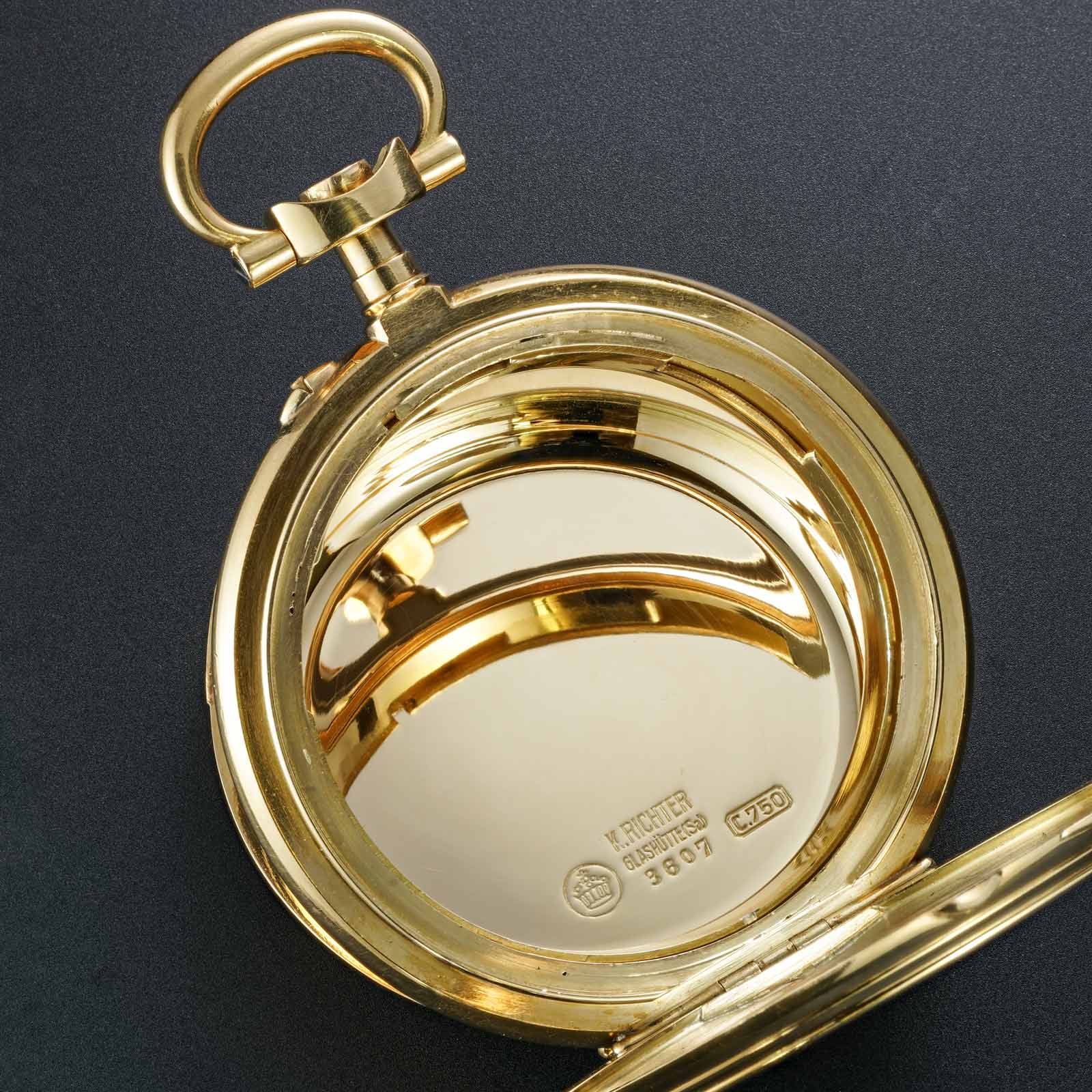
Fig. 16: View of the Kohler case with the back lid open. Photography – Jess Hoffman, Geneva
The four-piece 18K yellow gold case (Fig. 16) has a glazed cuvette also made from gold. This design is the commonly used, modern construction for the tourbillon cases of the school made by the Glashütte-based case maker K. Richter since 1927, specifically, the open-face Louis XVI type.
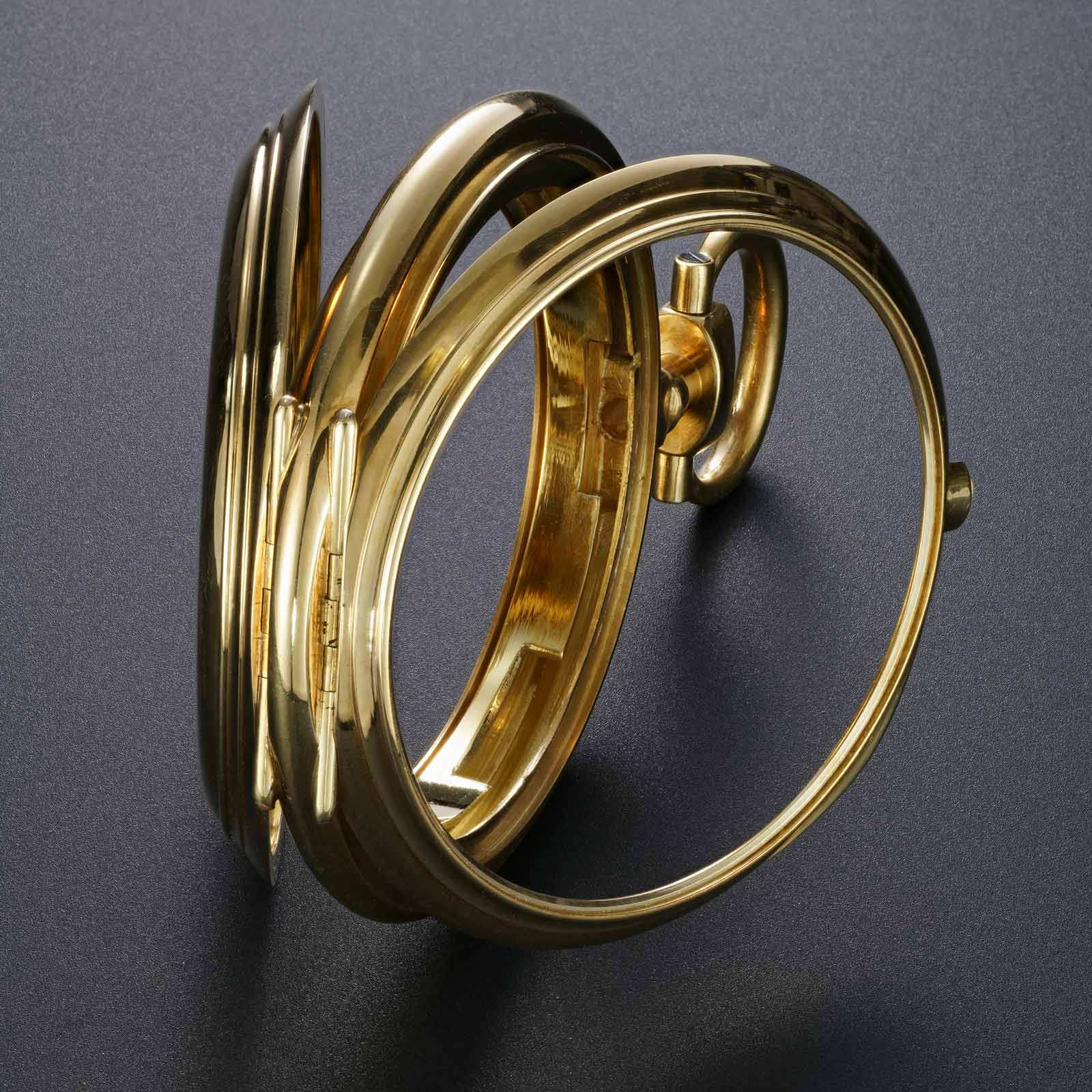
Fig. 17: Bottom view of the Kohler case with the bezel and back lid open. Photography – Jess Hoffman, Geneva
The high quality of these cases (Fig. 17) is evident in their well-balanced proportions and details, such as the double-sided a goutte lugs of the stepped bow stem, the well-shaped pendant and finally the bow itself. The hinges for the back lid and the front bezel consist of five pieces with double spring device, which are another sign for the quality of the case.
The middle part (carrure) is machined from a solid block on a lathe and therefore beautifully rounded. Only a true master can design and manufacture the smooth convex lids precisely enough, for them being able to fit snugly into the concave ring with its slender circlet closing off. The olive for pointer adjustment and the discreetly integrated lips for easy access to the two lids complete the picture of a noble watch case.
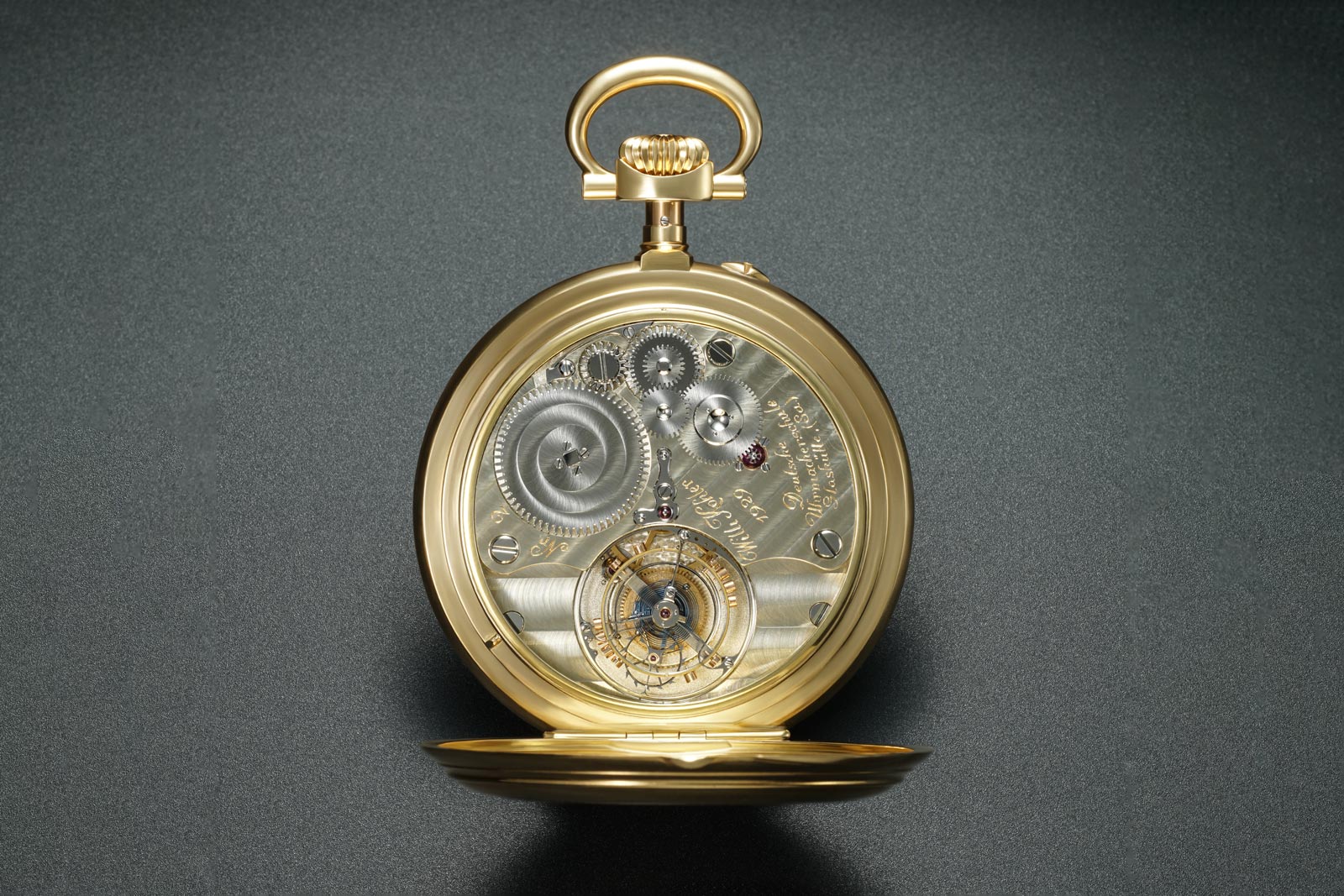
Fig. 18: Movement view of the Flying Tourbillon watch by Willi Kohler without glazed back. Photography – Jess Hoffman, Geneva
The nickel silver movement (Fig. 18) lies under glass protection and is characterized by the distinctive shape of the top plate, though the striped finish is also reminiscent of the decoration of high-end Swiss watches. In any way, the watch has a very clear-cut and even modern design.
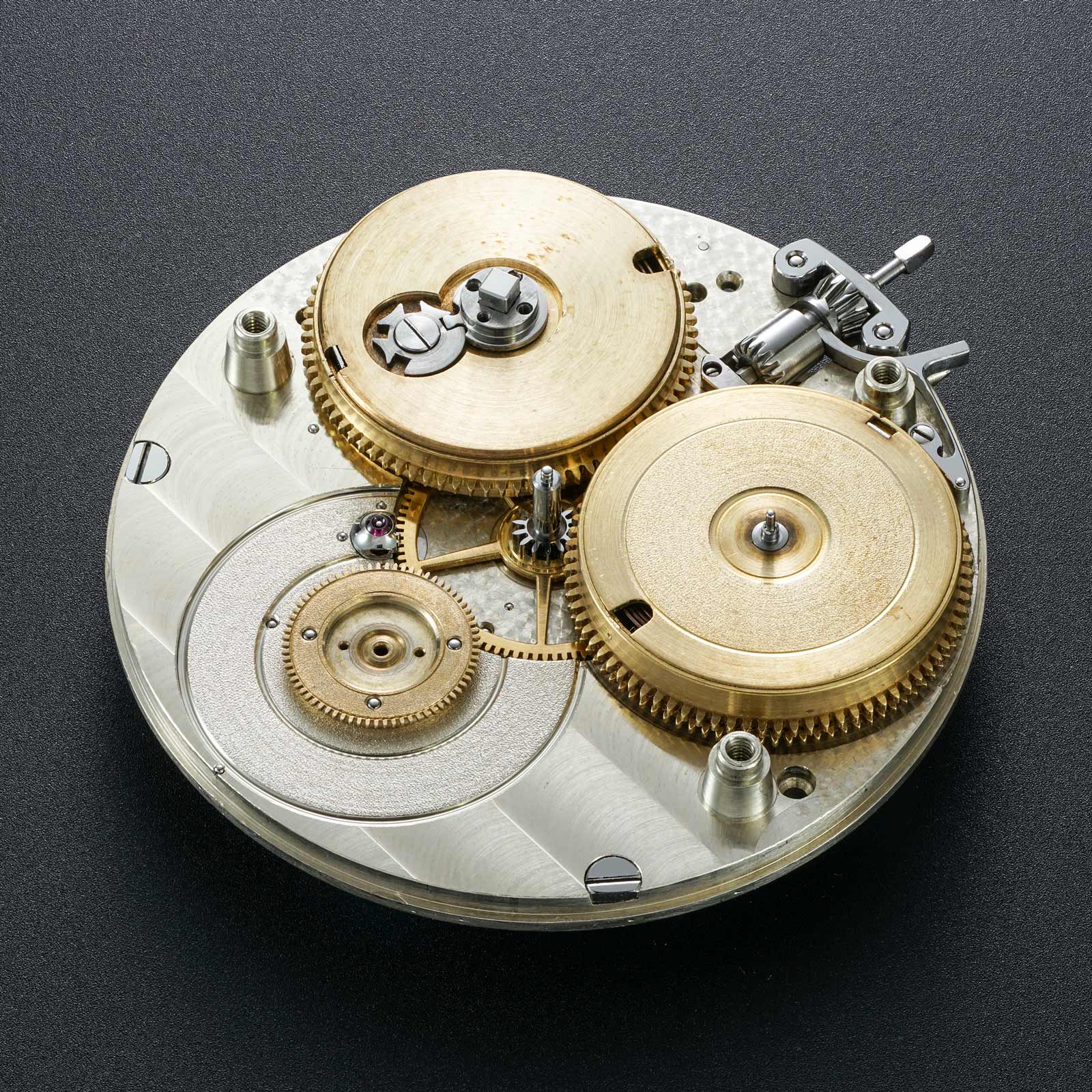
Fig. 19: Movement of the Kohler watch without the back plate and the tourbillon cage. Photography – Jess Hoffman, Geneva
In Fig. 19 one can see three conical bridge pillars and the two striking barrels. While the one on the left features the Maltese stop work, the right one comes with the dual gearing, the lower of which engages meshes the centre wheel pinion. The left barrel is finished in circular grind while the one on the right has a hammered decoration.
In its lower, currently visible part the plate is laboriously decorated in Geneva stripes, but hammer stroked on the section the tourbillon cage will sit on. This is complemented by a fine perlage in the parts under the winding gear. The brass centre wheel is finely bevelled, angled and edged on the pinion while being entirely polished.
All steel parts are flat and mirror polished. The same applies to the high-quality black-polished and chamfered screws. The centre pinion is a feast to the eyes, polished down to the smallest detail. This is watchmaking craftsmanship at its best.
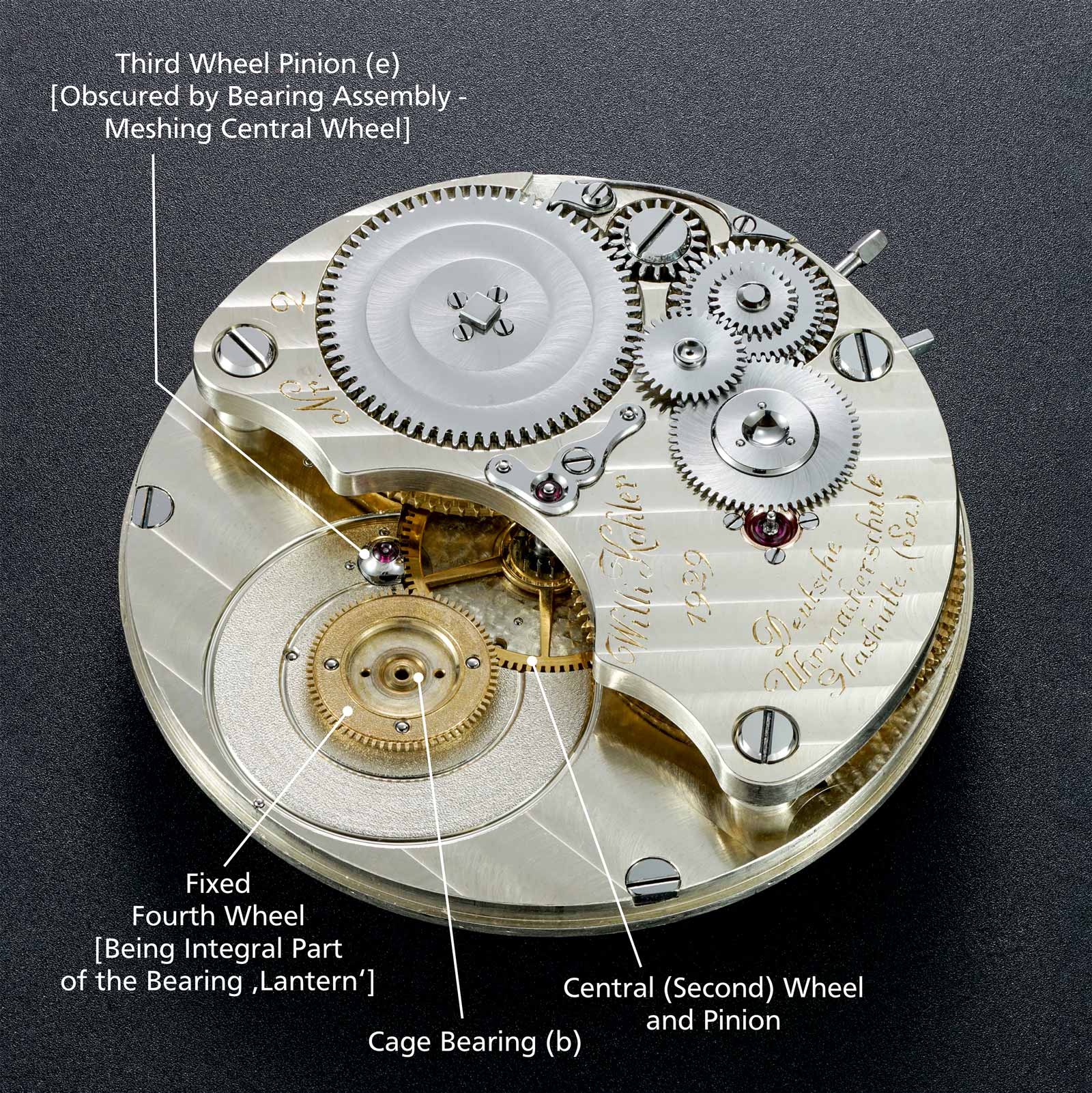
Fig. 20: Movement view on the backplate of the Kohler watch without the tourbillon cage. Photography – Jess Hoffman, Geneva
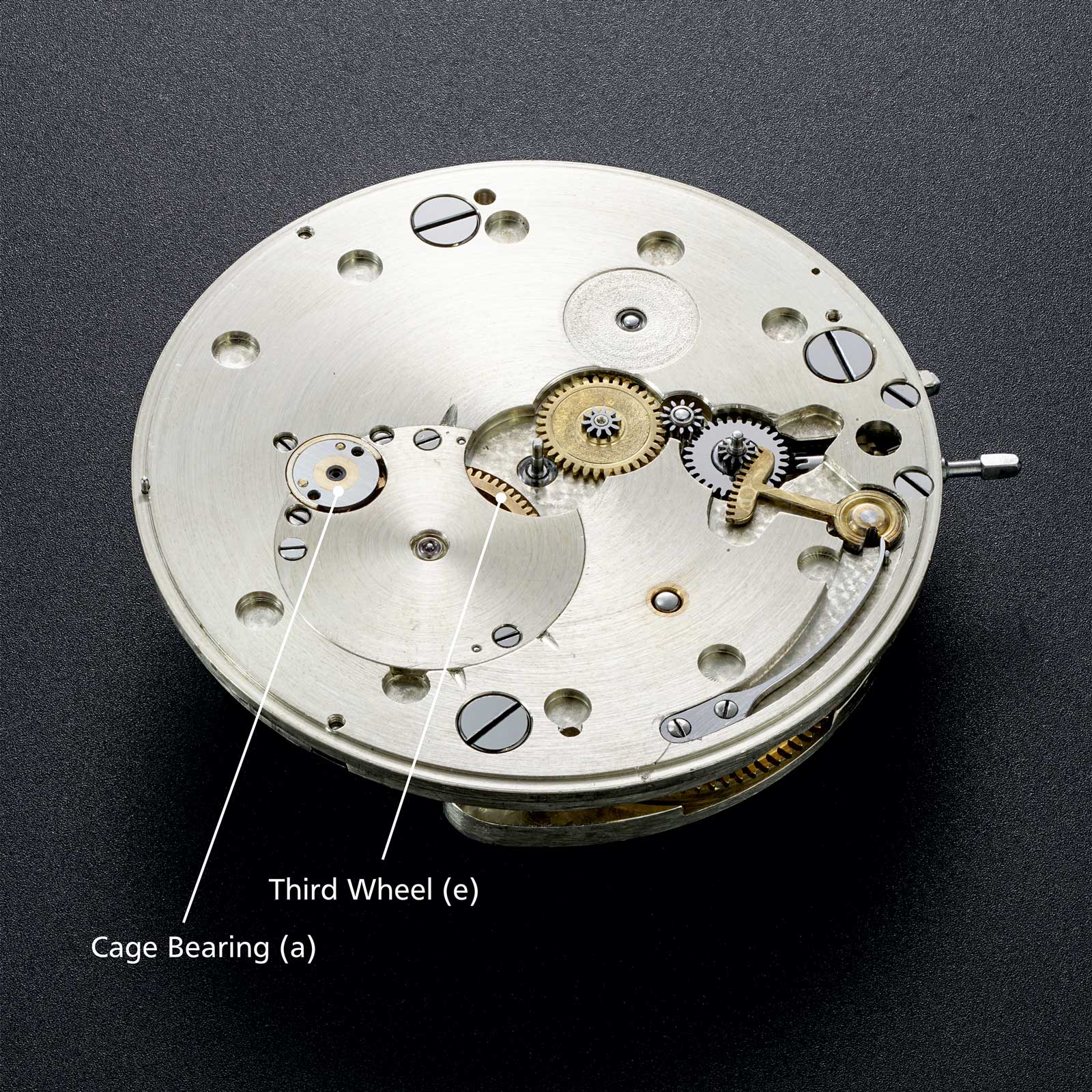
Fig. 21: Under-dial view of the Kohler watch. Photography – Jess Hoffman, Geneva
The under-dial perspective (Fig. 21) reveals the view of a neatly crafted plate with a circular grind. At three o’clock, we can see the rack for the power reserve indication. The keyless wheel and its pinion are black polished.
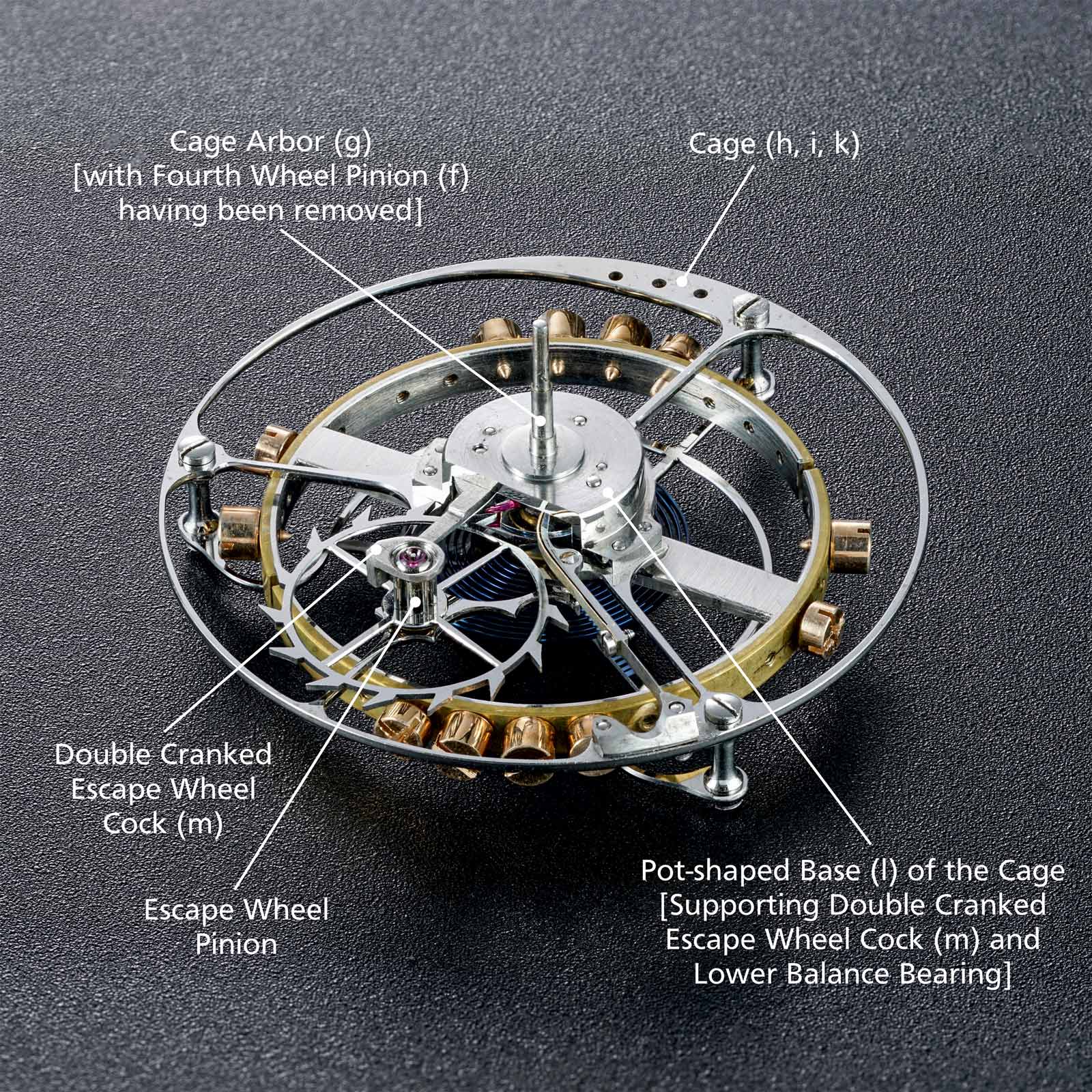
Fig. 22: View on the cage of the Kohler watch from beneath. Photography – Jess Hoffman, Geneva
In Fig. 22 one can see the pot-shaped base (l) of the cage which is screwed onto the lower part (h) of the cage and features frosting and gloss-finished parts, as well as a chamfer. This perspective beautifully unveils the view of the delicate detent escapement together with the golden spring and the steel spring with the hidden locking stone.
The escapement wheel made of steel is equally delicate, angled and polished, as its pinion. The spring detent and the escapement wheel are placed under the lower cage circlet (h). A special feature and technical progress introduced by Helwig.
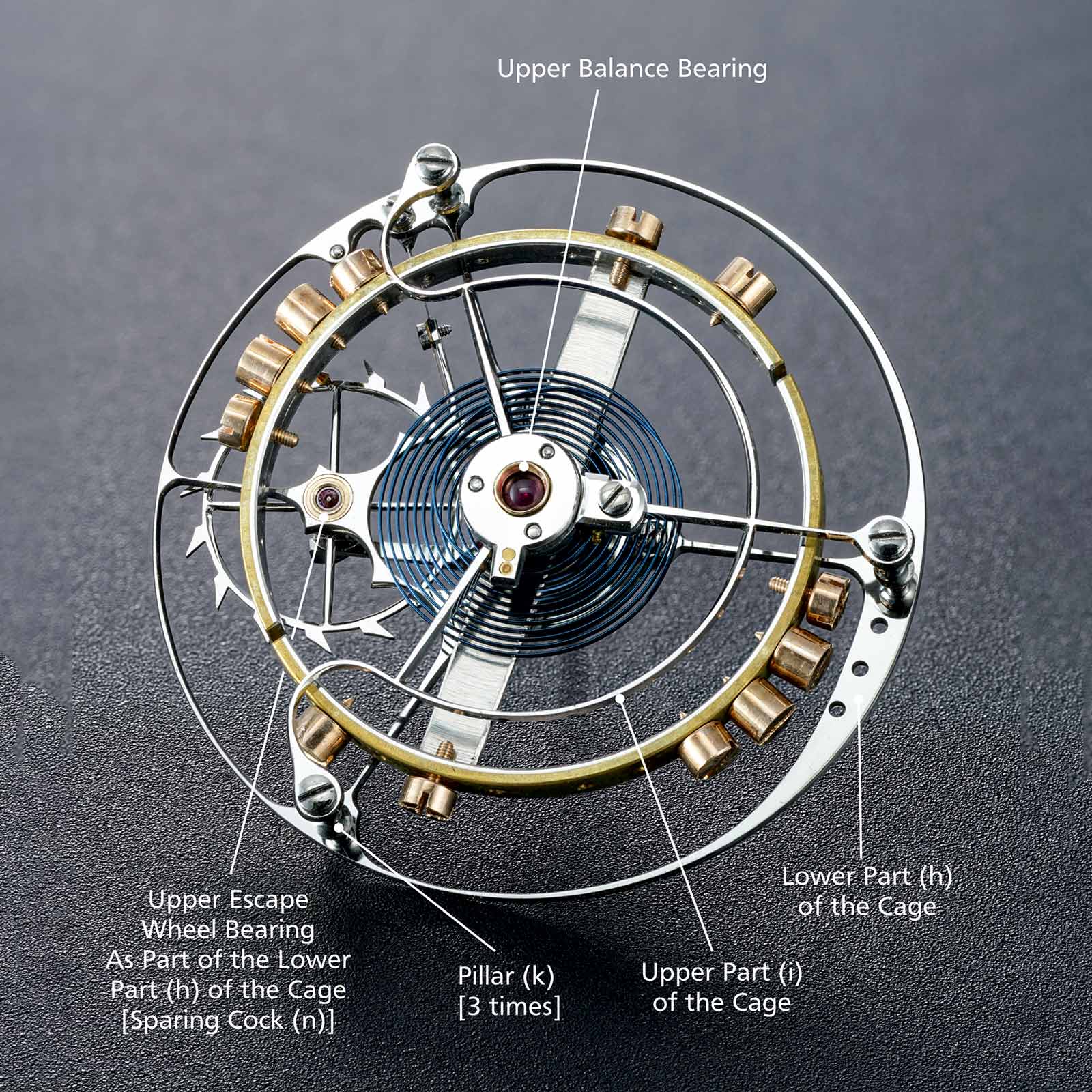
Fig. 23: View onto the cage of the Kohler watch. Photography – Jess Hoffman, Geneva
Fig. 23 enables an unobscured view into the cage and onto the parts of the escapement. The upper part (i) of the cage is, typical of Glashütte, lyre-shaped, but with a straight upper arm, and thus in contrast to those of A. Lange & Söhne.
All parts are skeletonized to the utmost, angled and mirror polished. Even the round-headed screws of the pillars are executed in high gloss. It is intriguing, how it has been possible to cut the countering threads for the tiny screws into the fragile, tapered pillars.
The screwed cover plate in the centre both holds the cap jewel pressed into a gold setting and supports the arrangement of the Breguet hairspring with its Philippian terminal curve, respectively. The escape wheel bridge imitates the lyre shape of the cage. The large bimetallic compensating balance made by the Glashütte-based specialist Griesbach, carries six golden weight screws and six golden low-profiled, cross-slotted timing screws.
The escapement is light to the extent that it is sufficient to compensate for its weight by a widening of the opposing part of the lower cage circlet (h) instead of the common counterweight. The three perforations of the said wider part of the cage circlet serve for the fine-tuning of balancing the tourbillon cage.
Bruno Reichert, Berlin (1899-1944)
D.U.S. from 1919 to 1921
A one-minute tourbillon with a flying cage, a spring detent escapement according to Earnshaw, driven by chain and fusee, signed on the bridge “D.U.S. Glashütte, Sa. Nr. 11/1931, Bruno Reichert”
Reichert attended the school from 1919 and passed his school-leaving examination in 1921. He was awarded the diploma from the Großmann Foundation in 1921 for his outstanding achievements in theory and practice. He was also awarded other honours, such as that of the Karl Roscher Foundation by the Ministry of Economics in 1921 and a high distinction at the International Crafts Exhibition in 1938/1939 [6].
The watch of Reichert has the consecutive school number 2973 and is marked sondernummer 11. It is third in the above list of the variations of the school-made flying tourbillons.
His watch was awarded the first place on a special examination at the Seewarte Hamburg 1939/1940 (copy of the certificate of timekeeping in [6]). The regulator for his watch was Alfred Helwig.
The emphasis of Reichert’s tourbillon within the D.U.S.-made tourbillons becomes clear when reading Helwig’s book Drehganguhren [4], where he describes a new fusee winding. On the pages 40 to 44 he is not only relating to Reichert’s watch, but also showing illustrations of Reichert’s semi-finished work.
Certainly, Reichert’s watch is the most spectacular of all flying tourbillons created under the guidance of Helwig. While the Kohler watch was unknown until the 2011 exhibition, myth and lore surrounded the Reichert watch since its creation. It was a sensation when the Reichert watch went on the block at the Ineichen auction in Zurich on March 30, 1981, as lot 46.
I was in the auction room myself at the time, but unfortunately far from being able to afford the watch. It achieved a price of CHF600,000 then. The even bigger sensation, however, was the reappearance of the watch 40 years later in an auction that was evidently missed by the majority of discerning collectors.
The watch was offered online just before Christmas on December 14, 2021, as lot 33 at Christie’s in Geneva with a low estimate of just CHF15,000. It was obviously a consignment from an estate and was probably offered without reserve. In the end, the watch still sold for CHF137,500 including the buyer’s premium.
The dial of the Reichert watch corresponds in appearance and design to that of the Kohler watch. The power reserve indication shows a non-linear scale division with – from left to right – decreasing angular distances of the scale marks. [13, p. 21]
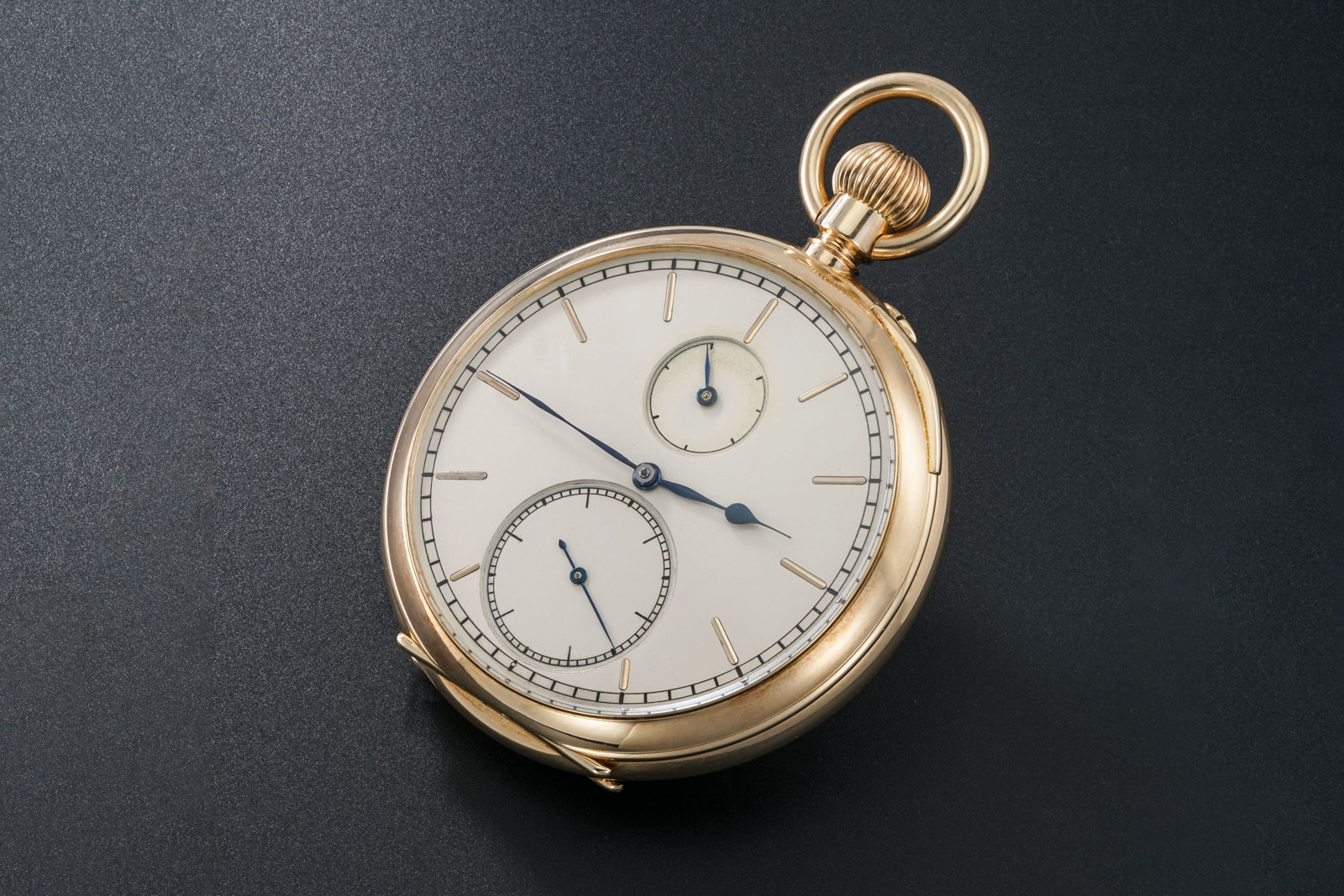
Fig. 24: Flying Tourbillon by Bruno Reichert 1921-1931 with the consecutive school number 2973, Sondernummer 11. Photography – Jess Hoffman, Geneva
The shape of the case (Fig. 25 and Fig. 26) differs from that of the Kohler watch.
It is a plain, open-face 14k gold four-piece case of a diameter of 62 mm, in “Type Jürgens” shape with a round bow and a cylindrical bow stem. Front and back lids can be opened, thanks to the five-piece hinges. The case is stamped with German hallmarks for 14k gold and the school number 2973.
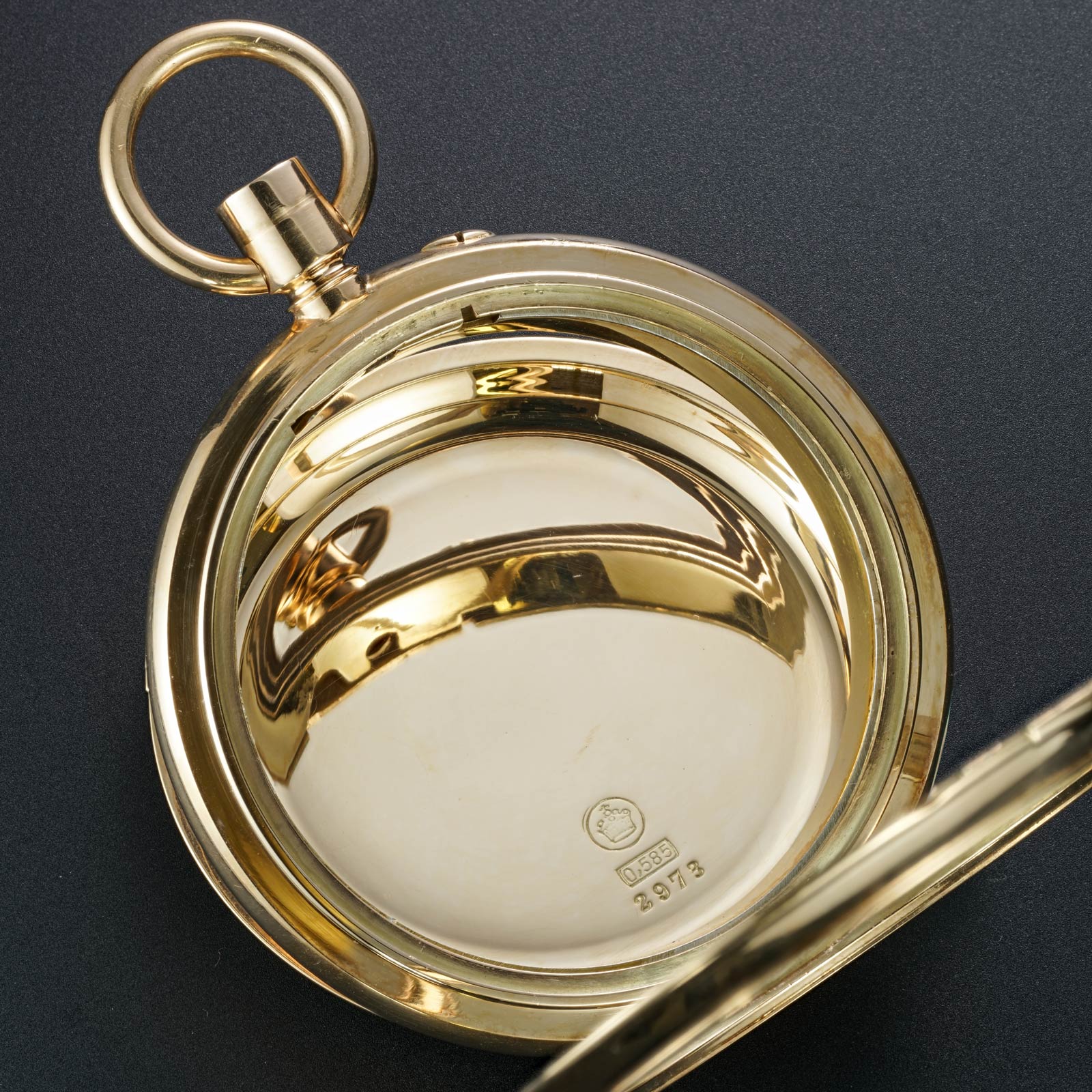
Fig. 25: View of the case of the Reichert watch with an opened front lid. Photography – Jess Hoffman, Geneva
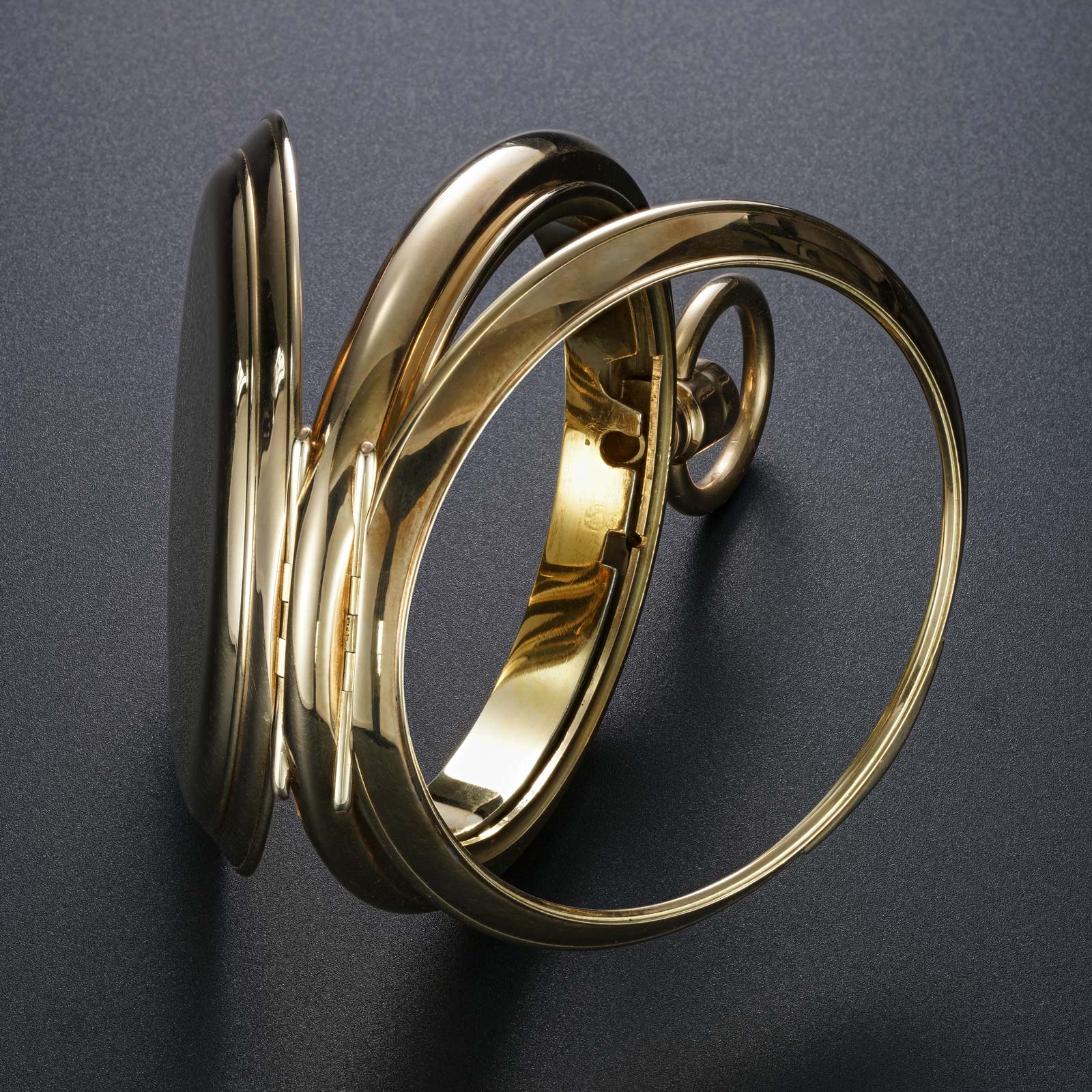
Fig. 26: View of the case of the Reichert watch from below with bezel and back lid open. Photography – Jess Hoffman, Geneva
Fig. 27 shows the movement made from nickel silver, powered by chain and fusee, the latter with a planetary gear. The diameter of the movement is 48 mm.
The “1931” engraving on the plate suggests that the watch has been made in two stages. Accordingly, the year of the completion lies ten years after the start of Reichert’s work in 1921.
The main reason for this delay probably lies in the problems with the planetary gear of the fusee, which are already reported in Helwig’s Drehganguhren [4, pp. 25-28] and which then led to a redesign with a reduction in the number of planetary gear pairs from three to two.
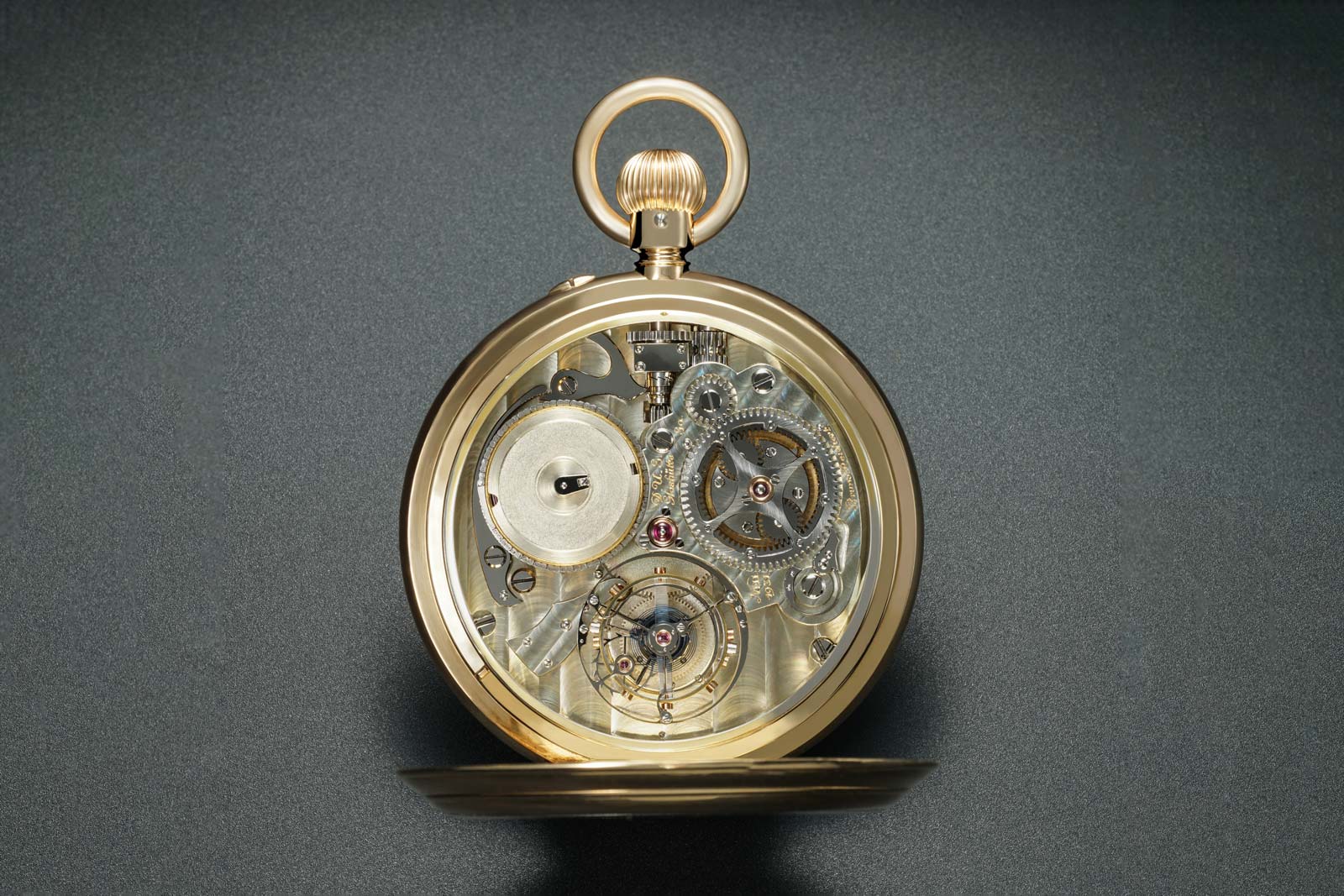
Fig. 27: Movement view of the Flying Tourbillon watch by Bruno Reichert. Photography – Jess Hoffman, Geneva
In an effort to reveal as many parts of the movement as possible, Reichert dismissed the idea of a conventional symmetrical half-plate movement (two-third plate, respectively). Thus, the going barrel is mounted completely free in a flying configuration, like the tourbillon. Even the keyless works is entirely visible.
An extremely reduced free-form contoured plate decorated with ground stripes just merely frames the fusee. The latter, which is also mounted in a rare flying configuration, features beyond that an intriguing and inventive construction: in order to solve the complicated problem of a watch with a fusee and a stem winding, Reichert fitted a planetary gear into the fusee. To manufacture the internal gear teeth, he even had to construct a suitable milling device himself. The use of the planetary gear allowed him to forgo the use of the Harrison maintaining power.
The Pour Le Mérite tourbillon by A. Lange & Söhne from 1994 was the first wristwatch to be equipped with a fusee-and-chain system [20] [21]. And, perhaps even more spectacularly, it utilised the same ingenious concept of a tiny planetary gear inside the fusee – acting as a differential to maintain power when winding the watch – been pioneered seven decades earlier by the Reichert watch.
The bearings of the centre wheel and of the ratchet wheel of the fusee (with the flanged-on internal gear underneath) are set in gold chatons and secured with three and two screws, respectively (Fig. 28). This approach is typical of Glashütte. The mechanism in charge of coupling and decoupling the winding stem, is almost completely exposed. The cover of the flying barrel on the right side has two circular cut areas with a hammered decoration in between. The cock to the right of the cage bearing ‘lantern’ carries the upper bearing of the the third wheel pinion.
Both the lower plate, and the plate holding the fusee are extensively decorated in Geneva stripes. This is changed around the cage bearing lantern, where there was chosen a partly brushed and hammered decoration. Besides, all the parts made from steel are flat and mirror polished. The high quality screws have two chamfers and are also flat and high gloss finished.
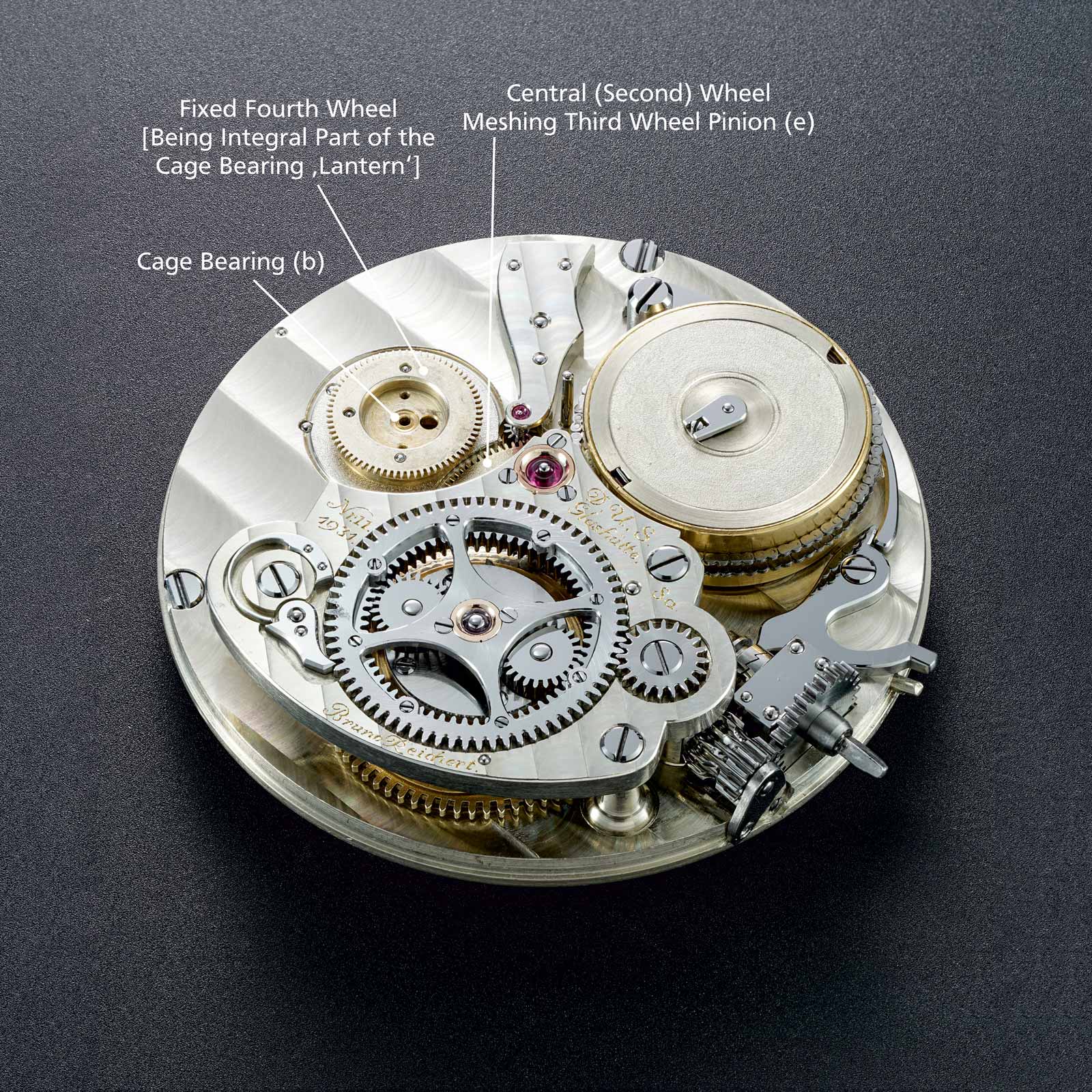
Fig. 28: View of the Reichert watch movement with chain and fusee without the tourbillon cage. Photography – Jess Hoffman, Geneva
Fig. 29 shows the three conical-shaped movement pillars on which the plate for the fusee can be screwed. Placed in the centre of the visible main plate, there is the eponymous centre wheel with a hammered decoration and its pinion. One cannot but, be stunned by the appearance of the mirror-polished steel parts of the winding mechanism and the magnificent planetary gear.
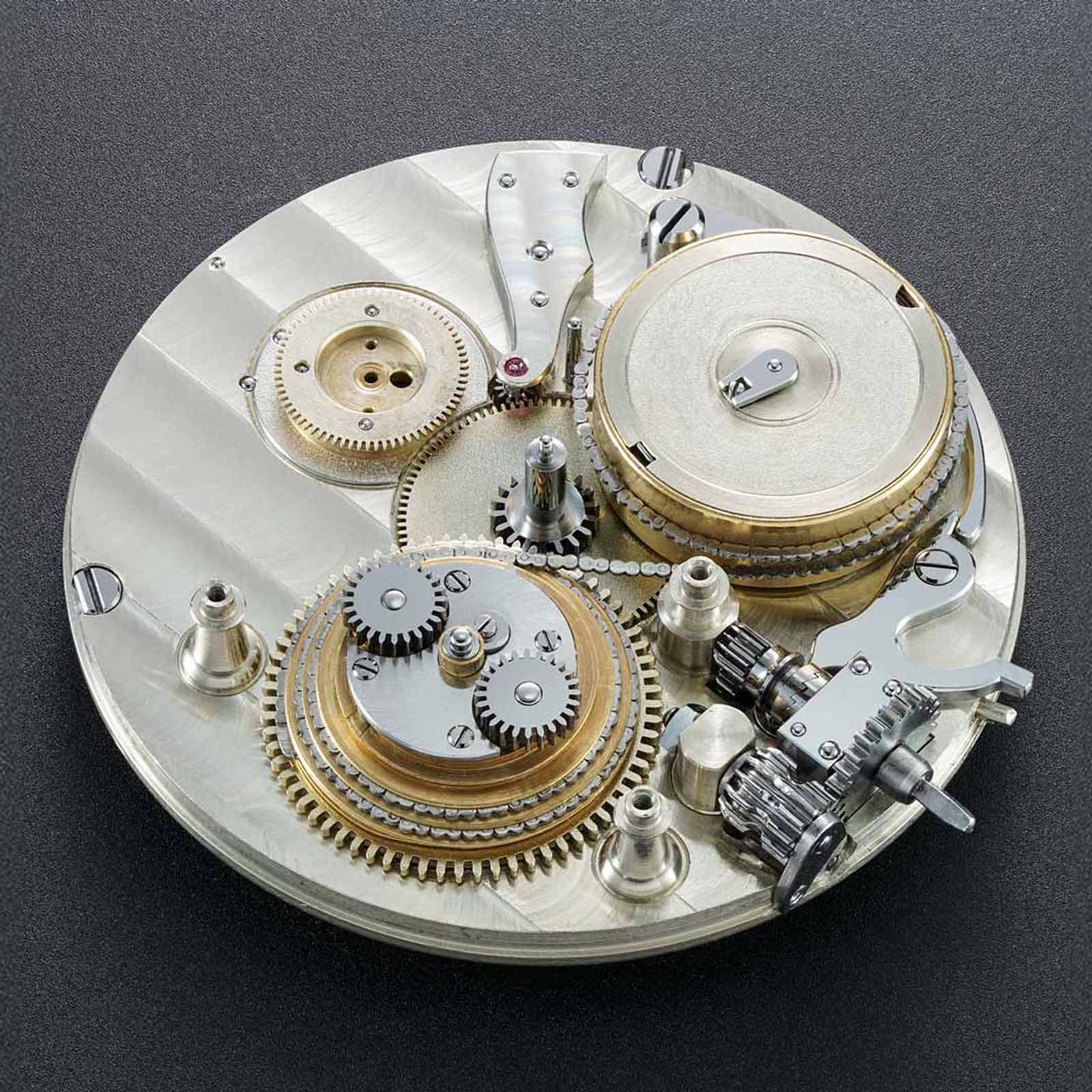
Fig. 29: View of the movement of the Reichert watch without both the tourbillon cage and the movement bridge of the fusee. Photography – Jess Hoffman, Geneva
Beneath a separate trapezoidal-shaped plate, one can see the finely bevelled third wheel, pivoted in a ruby, though in a rather unusual position on the dial plate. On the left side of the third wheel can part of the cage bearing lantern be seen. Prominent at six o’clock in Fig. 30 the click work (for adjusting the pre-tension of the main spring) and the brass wheel for the power reserve are positioned. The whole plate shows a perlage decoration, which was solely applied by hand. Although concealed by the dial, all the parts are finished to high visual standards.
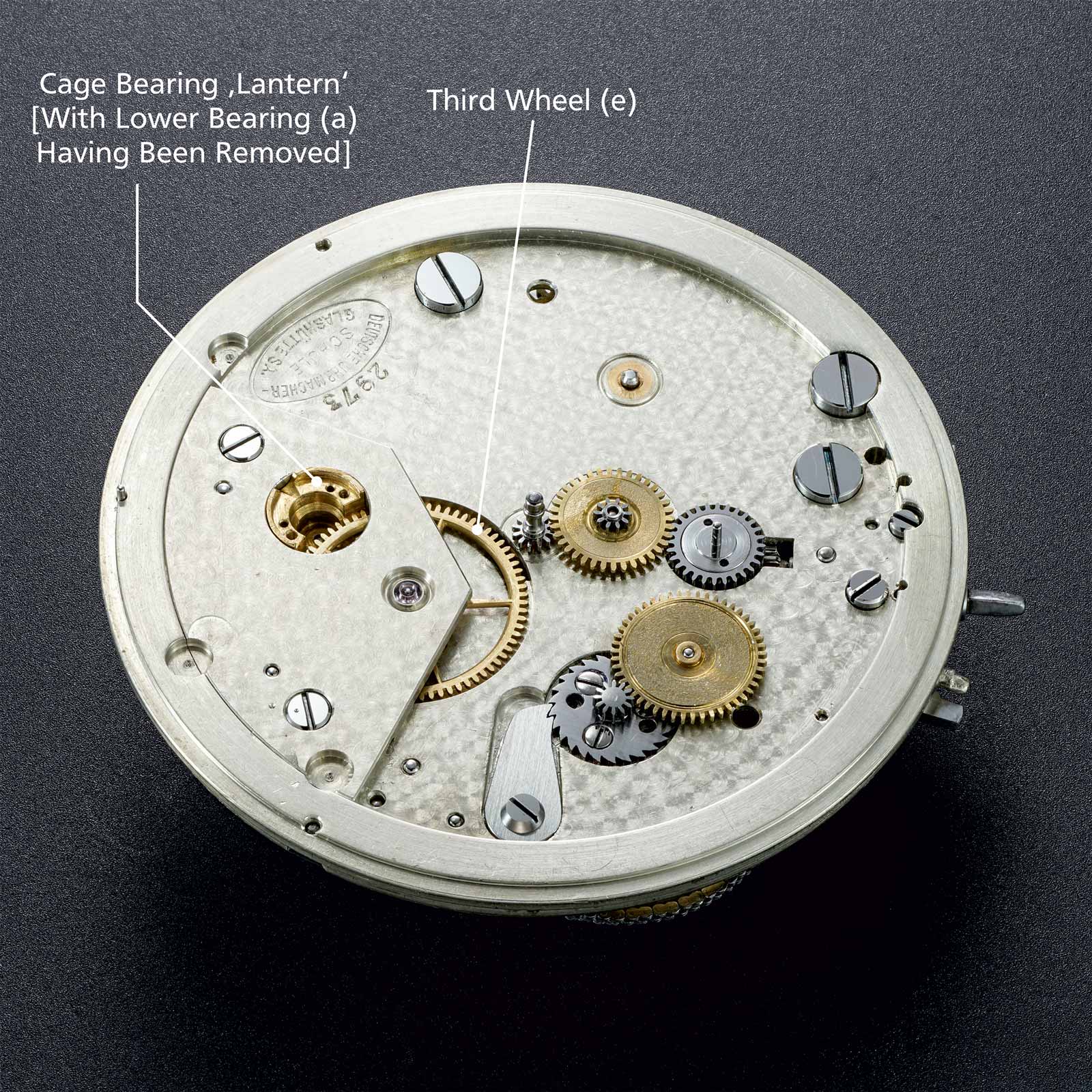
Fig. 30: Sub dial view of the Reichert watch with school number 2973 and school emblem. Photography – Jess Hoffman, Geneva
In Fig. 31 one can see the pot-shaped base (l) which is screwed onto the cage and features frosting and gloss-finished parts, as well as a chamfer. The cage arbour (g) has probably been renewed and is riveted to the original pot-shape base (l).
From this viewing angle, one can see the extremely delicate detent escapement with the golden passing spring and the steel detent with its (invisible) locking stone. Not only the steel escapement wheel, but also the cage with its conical pillars and the pinion are mirror polished. Noticeably the spring detent and the escapement wheel are arranged under the lower cage circlet, as on the Kohler watch.
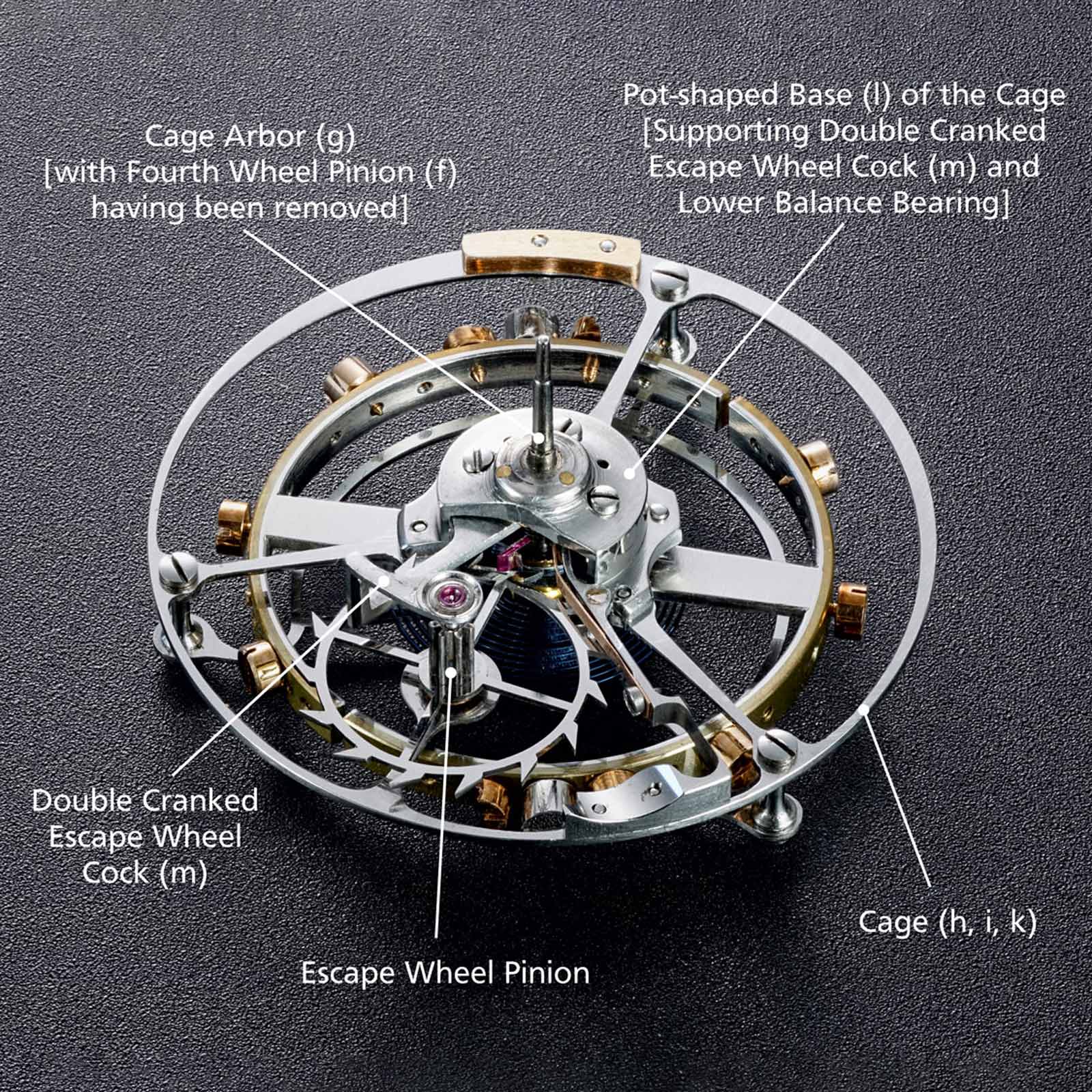
Fig. 31: View on the cage of the Reichert watch from below. Photography – Jess Hoffman, Geneva
The cage (Fig. 32) is very similar to the one of the Kohler watch. Again, all parts are skeletonized to the utmost, angled and mirror polished. With even the round headed screws for the pillars being executed in high gloss. The large bimetallic compensating balance made by the Glashütte-based specialist Griesbach, carries twelve screws, eight gold and two platinum weight screws and two golden cross-slotted timing screws. The balance spring stud is mounted close to the balance arbour [1, p. 242].
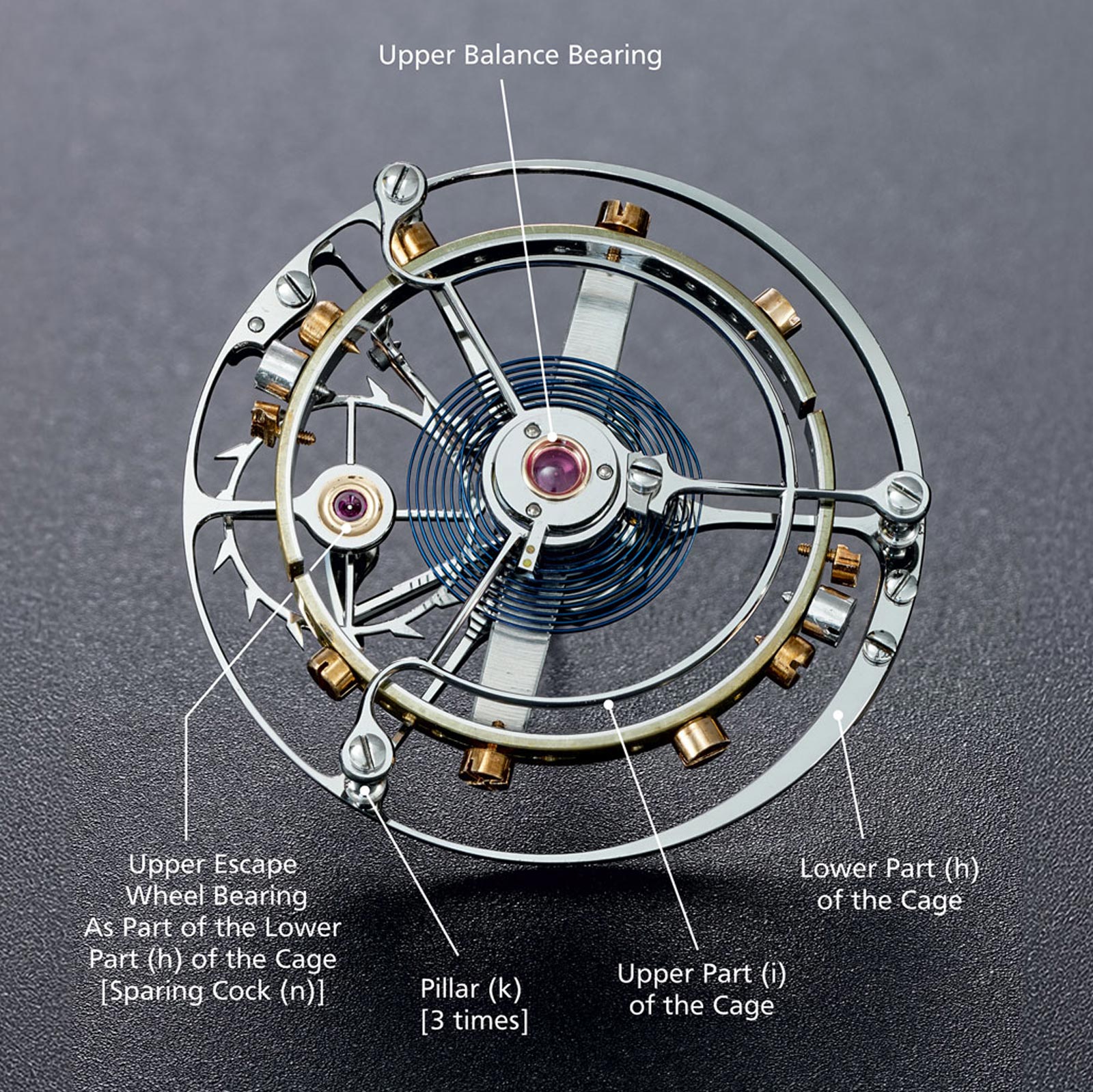
Fig. 32: View on the cage of the Reichert watch from above. Photography – Jess Hoffman, Geneva
This perspective enables the view on two more screws on the wider part of the lower cage circlet, that are in charge of holding a gold bar counterweighting the escapement on the opposing side. The escapement wheel is made of steel. The rubies are placed in a gold setting. In contrary to the concept of the Kohler watch the upper escape wheel bearing (Fig. 32) is only supported by a single spoke-like connection to the circlet of the lower part (h) of the cage.
These technical marvels are an Illustration of the genius of Alfred Helwig – but only due to the shared passion, of the teacher and his students, we are able to admire the aesthetic realisation of his technical concept today.
Bibliography
[1] R. Meis, Das Tourbillon: Faszination der Uhrentechnik, München: Laterna magica, 1986.
[2] C. D. Thomson, “The Craftsman”, International Watch, January 2006.
[3] F. von Osterhausen, “Die Tourbillonbauer (Teil 2)”, Klassik Uhren, vol. 6, December/January 1999.
[4] A. Helwig, Drehganguhren (Tourbillons und Karusselluhren): Ihr Bau, ihre Eigenarten; Vorzüge und Nachteile der verschiedenen Konstruktionen, Berlin: Verlag der Deutschen Uhrmacher-Zeitung [Deutsche Verlagswerke Strauß, Vetter & Co.], 1927.
[5] K. Herkner, Glashütte und seine Uhren, 2. ed., Dormagen: Herkner Verlags-GmbH, 1988.
[6] R. im Brahm, Die Tourbillonbauer an der Deutschen Uhrmacherschule Glashütte in Sachsen, Raesfeld: A. Hidding, Eigenverlag, 2021.
[7] D. Chokron, “Das unbekannte Tourbillon,” Watch Around, vol. 023, spring-summer 2017.
[8] Blancpain: https://prestigedam.swatchgroup.biz/m/b891c4396a034b3c/original/Lettre_du_Brassus_EN_-15.pdf.
[9] Blancpain: https://www.blancpain.com/sites/default/files/documents/2019-01/lettre_du_brassus_en_04.pdf.
[10] Blancpain: https://prestigedam.swatchgroup.biz/m/8f31c714cba76cff/original/Lettre_du_Brassus_EN_-13.pdf
[11] Schriften von Alfred Helwig zur Uhrmacherkunst, Deutsches Uhrenmuseum Glashütte. [Hrsg. / Publisher Stiftung “Deutsches Uhrenmuseum Glashütte – Nicolas G. Hayek”. Red. Herbert Dittrich], Dresden: Sandstein Kommunikation GmbH, 2011.
[12] Alfred Helwig, 1886 – 1974: sein Leben und Wirken für die Uhrmacherkunst, Deutsches Uhrenmuseum Glashütte. [Hrsg. / Publisher Stiftung “Deutsches Uhrenmuseum Glashütte – Nicolas G. Hayek”. Red. Reinhard Reichel ; Ulrike Kranz], Dresden: Sandstein Kommunikation GmbH, 2011.
[13] F. von Osterhausen, “Die Tourbillonbauer (Teil 1)”, Klassik Uhren, vol. 5, October/November 1999.
[14] H. Crott, SJX Watches, September 10, 2021: https://watchesbysjx.com/2021/09/derek-pratt-oval-pocket-watch-tourbillon.html.
[15] R. Miklosch, „Personal communication about his acquaintance with Alfred Helwig,“ 2000.
[16] R. Miklosch, “Tourbillons, kritische Betrachtungen”, Alte Uhren, vol. 3, March 1978.
[17] D. Ichim, SJX Watches, May 8, 2024: https://watchesbysjx.com/2024/05/detent-escapement-explained.html.
[18] “Redfern Animation,” [Online]. Available: https://redfernanimation.com/arnold-and-earnshaw/.
[19] “Youtube,” [Online]. Available: https://m.youtube.com/watch?v=fHUQwO-YY68.
[20] A. Lange & Söhne: https://www.alange-soehne.com/ae-en/timepieces/selections/the-fusee-and-chain-transmission
[21] JX Su, SJX Watches, August 14, 2015: https://watchesbysjx.com/2015/08/the-verdict-an-in-depth-critical-look-at-the-original-1994-tourbillon-pour-le-merite-from-a-lange-sohne.html.
(Editor’s note: The pagination of the reprint of A. Helwig, Drehganguhren in the first part of [6] differs from that of the original edition by plus 16.)
Back to top.

